Morocco slide show presentations open the door for great questions and open dialogue about cultural differences and similarities.In April, after returning from Morocco, it was a privildge to share my experiences with each grade level. I presented to each grade level ( about 100 students and their teachers at a time.) It was an excellent way for me to share about my fellowship and encourage students to ask questions and have open conversations about being Muslim. It was a great way to share my personal experiences with be welcomed. Students were enthusiastic and curious about my trip. They asked many questions and I could tell it opened up their perspectives and broadened their understanding of the world around them. It was an excellent opportunity to celebrate the diversity we have at Eagle Crest and offer suggestions for building our global compentencies without even leaving our own school. Slideshow opens the door to Morocco without leaving Colorado.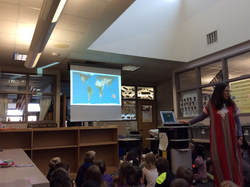 Students in my ELL classes were able to try on Moroccan clothing and sample some Moroccan cuisine. Sharing the message of peace with others builds compassion and empathy.When my students tried on the the Moroccan clothing, they began to ask questions about the Moroccan traditions and culture. It was a really simple way to allow the children to experience the culture. We generated lists of questions about Morocco and we slowly answered them using my first hard experiences or if I didn't have an answer, we researched the answer on the internet together. Students were excited to learn what life is like for people in other parts of the world. Their enthusiasm communicated a powerful message that bringing global education into my classroom was not going to be a passing fad, but an integral part of my curriculum design. Whenever I teach topics that are relevant to my students, their engagement, motivation and growth are easy to assess with authentic project based learning activities. 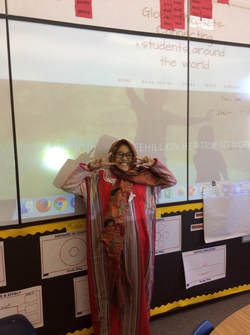
0 Comments
Being multi-lingual is a way of life in Morocco... The USA could learn from their example...3/30/2018 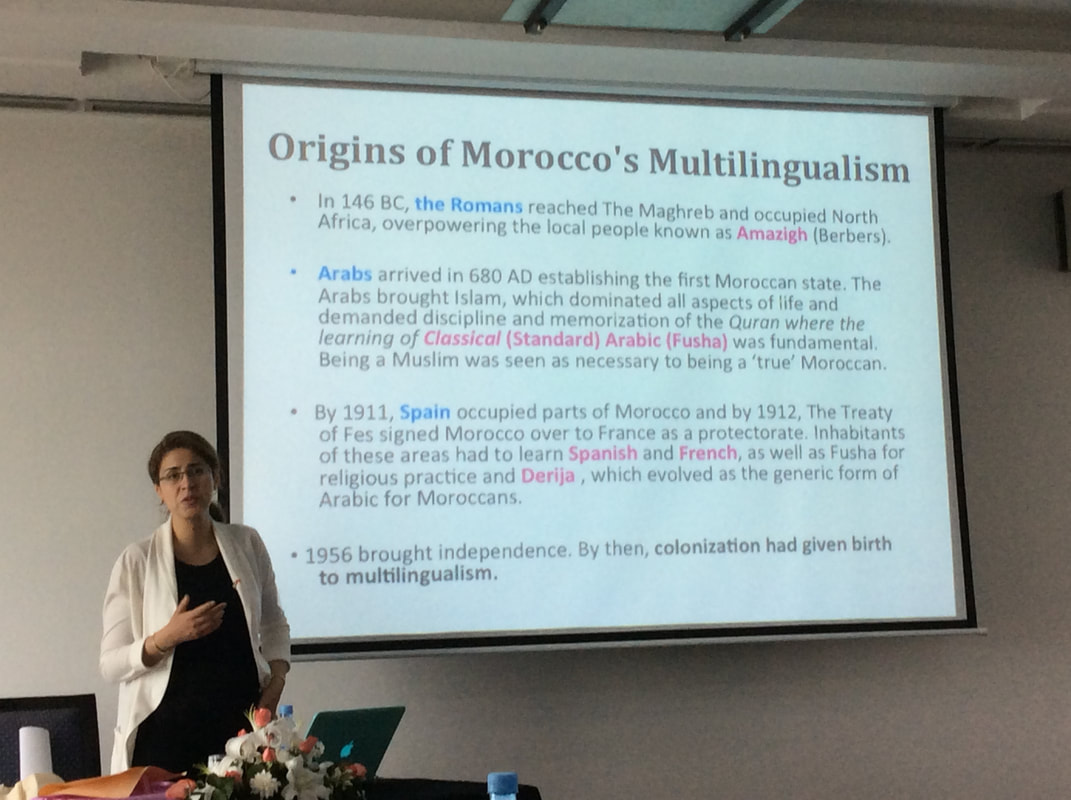 Meriem Lahrizi, the TGC in country consultant lectured about the importance of language and culture in Morocco when we first arrived in Rabat.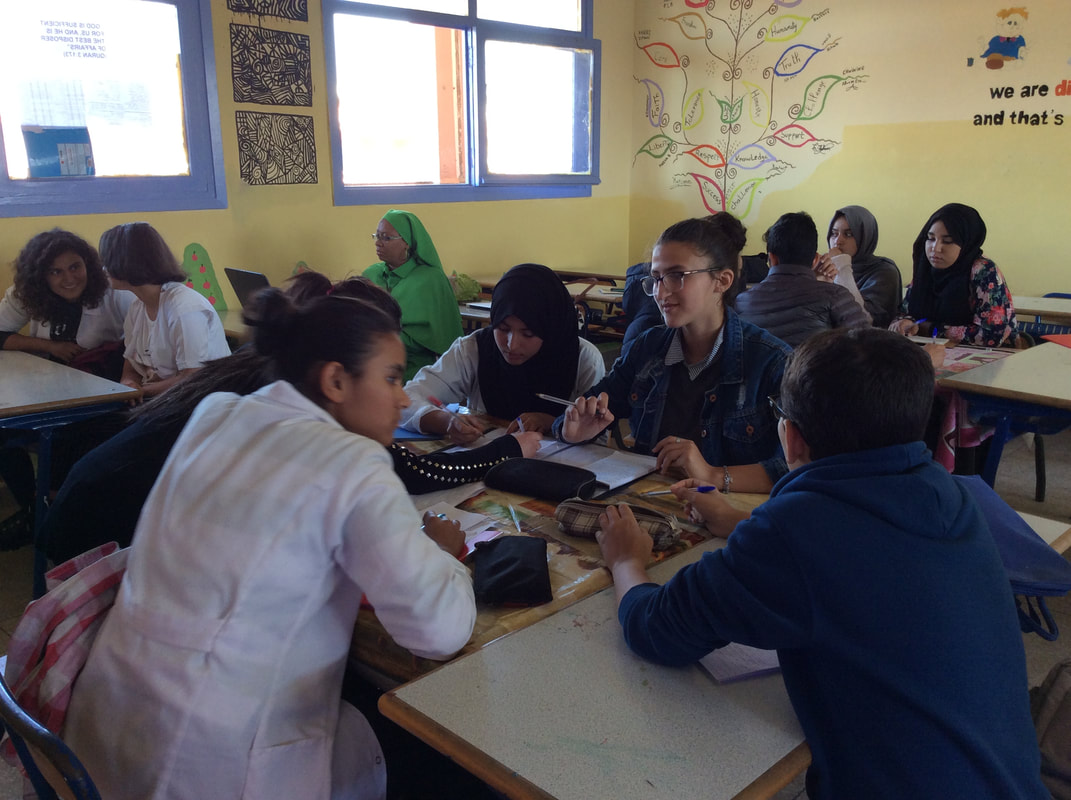 Students above are preparing to interview us about life and culture in the USA. |
| Each day we have had the pleasure of exploring Agadir once school ends at noon. The school schedule goes from 8 am until noon with a two hour break to go home for lunch. School doesn’t have any food service apart from one boarding school we visited in Rabat. They were so proud of their food we had to taste it and it was some of the most delicious fish I have ever had. Agadir is a beautiful city located on the Atlantic Ocean. We can watch the sunset here and enjoy walking on a bike path along the beach. Our first day here I saw a man offering rides on his camel to tourists on the beach. We visited a small fishing village and shared a coffee by the ocean and looked around. Another day, after school we visited this local indigenous people museum called Amazigh. Morocco is working hard to include the language and culture of the Amazigh people. There are three regions of Amazigh People and Youseef, my host teacher, is Amazigh. The majority of local people are as well. Another day we visited La Medina D’ Agadir, or the ancient city. In the early 1960’s Agadir suffered a horrible earthquake. It destroyed their original ancient city, but the city rebuilt this one as a replica of the original city. They even used some of the materials from the old city. The architecture and design of the city is beautiful. I loved taking pictures of the designs. There also were artistic demonstrations of local crafts to learn about their culture. We have visited the local soul, or market, two times. Each time, I was amazed by how many different types you things one could buy there from shampoo to furniture. There are also many people selling things for tourists. It is like a maze inside of the souk and it is very easy to get lost. Thankfully, Youseef was an amazing host and helped me to communicate and navigate through the market place. | This is the symbol of the Amazigh culture. It can be seen throughout the region. |
Here are some pictures from one of the most welcoming and amazing school visits. The students communicated their passion for learning and their desire to improve their lives. They truly want to share about their traditions,beliefs and customs. What a joy this has been. I am so blessed to be able to learn from the teachers, principals and of course the students.
Meeting the students at Assafa High School
Today we observed Youseef, our host teacher, teach four different English language lessons. We helped the students clarify any questions they had about the grammar lesson. The students follow a prescribed curriculum that focuses on grammar, dialogues, reading comprehension and writing. I teach English language through content, but here it is taught more in isolation. The style of instruction is very teacher centered,but the students worked well with their partner. They made the best of their lack of resources, sharing photocopied textbooks. The students were on task and excited to volunteer their ideas to the class by eagerly raising their hands and calling out,” teacher, teacher...” The female students were more interested and actively participating, but they were all involved and eager to learn. The oldest group presented a Power Point presentation on four special Islamic holidays. Many of the students wanted our email addresses so they could contact us in USA.
We will return to this school numerous times during our week here, but tomorrow we will be giving a workshop on reading and writing strategies for students attending the University to become teachers. I will present on reading comprehension and writing a letter to share one’s concerns about an issue that impacts their lives . We will use a complex text about writing letters to Congress. My objective is to help them understand how to teach students to use strategies to comprehend the text, discuss and argue their opinions, and use leveled language frames to compose a formal letter to share their opinions with an authentic audience.
Here are some more pictures from the school.
We will return to this school numerous times during our week here, but tomorrow we will be giving a workshop on reading and writing strategies for students attending the University to become teachers. I will present on reading comprehension and writing a letter to share one’s concerns about an issue that impacts their lives . We will use a complex text about writing letters to Congress. My objective is to help them understand how to teach students to use strategies to comprehend the text, discuss and argue their opinions, and use leveled language frames to compose a formal letter to share their opinions with an authentic audience.
Here are some more pictures from the school.
School is open around this courtyard. There is no security and children relax in between classes outside in the fresh air.
Students are eager to learn. This is the computer lab for the school. There are 12 computers without internet for the students. Access to materials, books and resources are very limited,but students are still working hard.
Students participate in physical education.
We landed in Morocco on Tuesday after 24 hours of traveling and a fast forward of five hours. We changed money at the airport and stuffed our travel van with our luggage. After checking into our hotel I took a walk around the port and Hassan II Mosque. We have been eating amazing meals, visiting local university teacher training programs, meeting local high school students and teachers, as well as learning some basic Arabic greetings such as sbah l-xir, which means good morning. I have most enjoyed meeting the local students who mirror any high schooler who is driven to succeed and hang out on Instagram.
Last night, we went to a local Moroccan restaurant where they served us a five course meal with formal presentations and tea ceremony. Every moment has been filled with new and remarkable discoveries, ancient beauty and traditions. My gratitude runs very deep.
I deeply admire the people here for being so accepting of others and also strongly connected to their Islamic beliefs and religion. I can tell my time here will pass too quickly. I want to take advantage of every moment. My global education studies I completed this fall have ignited a deep desire to help others build their global competencies by learning more about other cultures and traditions. I hope this blog will help others learn that people all over the world desire to live in peace. y
Local stop sign in Arabic.
I have been getting prepared to leave for Morocco in March. I will be spending time with the whole group of teachers in Rabat, the capital of Morocco and then I will travel with two other teachers to Agadir on the Atlantic coast at the base of the Atlas Mountains to spend time teaching in a high school and we will also visit a local elementary school. I am busy designing lesson plans and trying to learn some Moroccan Arabic phrases. I created a Morocco Padlet to provide some resources about Morocco for those who want to learn more about this amazing country. My fourth and fifth grade students are making posters for other students at Eagle Crest to learn more about Morocco. Many of the fourth grade students have also taken time to write letters to the high school students I will be working with in Agadir. I am excited to build relationships between my students at Eagle Crest and those in Morocco. I am hopeful we will all learn how people around the world have a shared humanity and a desire to live in a peaceful world.
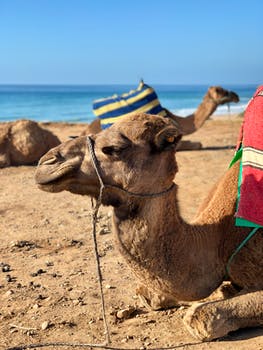
I might even get to ride one of these cute camels on the beach.
On February 15th Ryan Ball and I flew to Washington D.C. to participate in the Teachers for Global Classroom's symposium on integrating global education into the Eagle Crest's community and curriculum. We developed a collective short and long term vision regarding how we could increase the global competencies into our school's professional practices as well as integrating its themes into instruction. I was so excited to share this experience with Ryan Ball and to be able to collaborate with him on a shared vision for our school's multicultural community.
I also met my teacher colleagues that I will travel with to Morocco in March, 2018. It was very exciting to learn more about the Moroccan culture and educational systems. We collaborated and discussed ideas for our guiding questions for our travel. I have decided to interview and research how teachers integrate community and parent involvement into the classroom and school community. I also want to learn about what leadership means to them.
The conference was held at the Mayflower Hotel. This hotel was used as the location of numerous inaugural balls. It's location allowed us the opportunity to walk to the White House and other amazingly historical locations on the National Mall.
I also visited the Holocaust Museum. This museum delves into the realities of hatred and racism and how destructive ignorance and misuse of absolute power can be. While it was painful and difficult to witness this history, it reminded me of the crucial need to increase our understanding of global education in all that we teach and learn. People need to learn to understand differing perspectives and cultures to increase our awareness of our own biases and need for greater cultural awareness.
Author Sheila Freehill- ELL teacher at Eagle Crest Elementary School-TGC fellow 2017-18 Morocco exchange.
Please join me on my educational teacher exchange to Morocco, Costa RIca and other global adventures by following my blog.
I will be sharing about my growing perspectives and understanding of others around the world and how I am embedding a global mindset into my instructional practice.
Archives
June 2018
April 2018
March 2018
February 2018
January 2018
December 2017
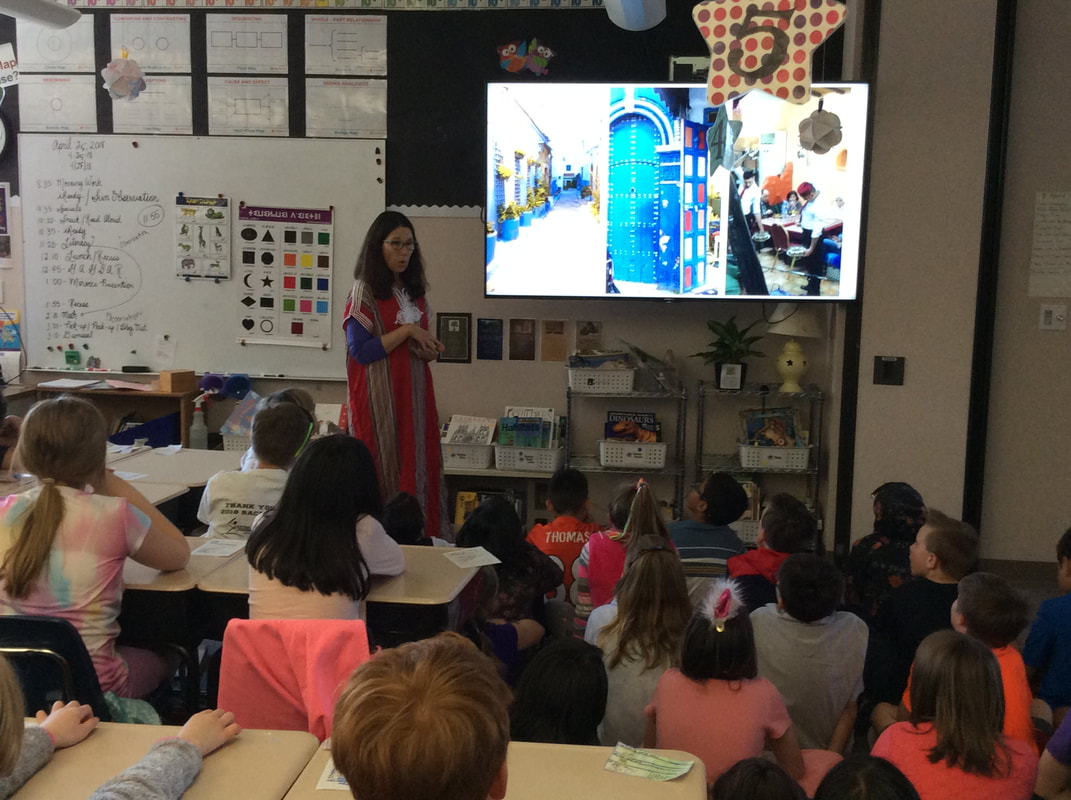
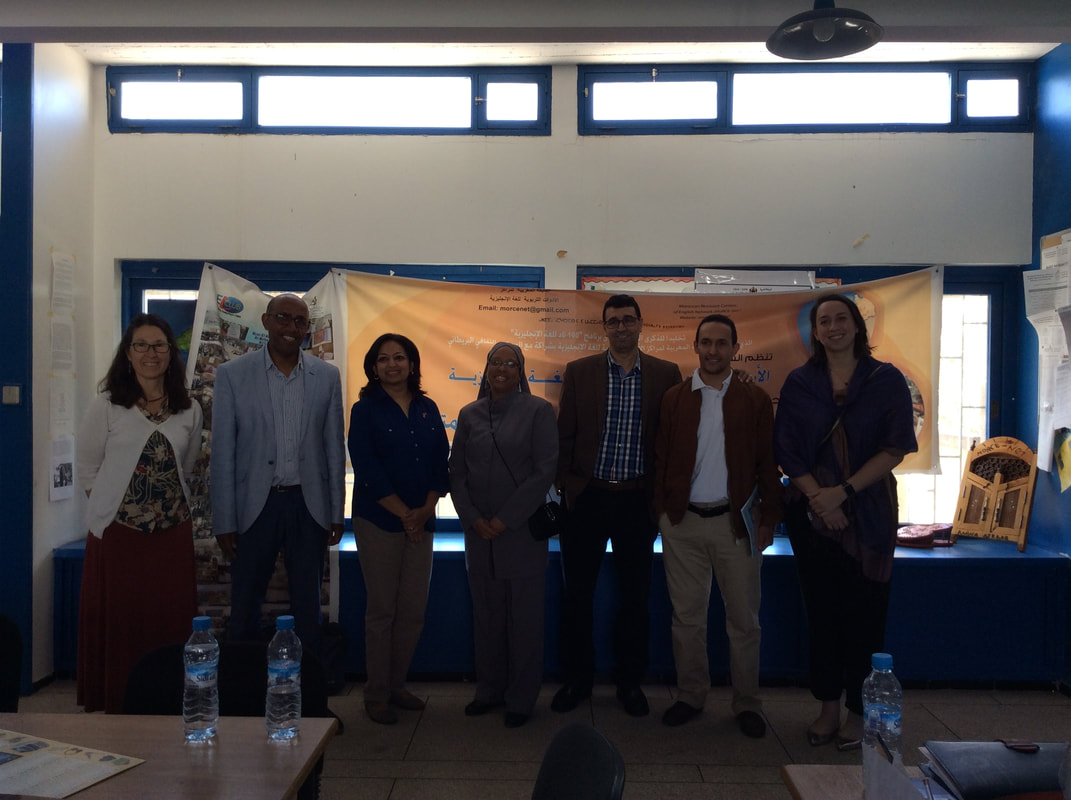
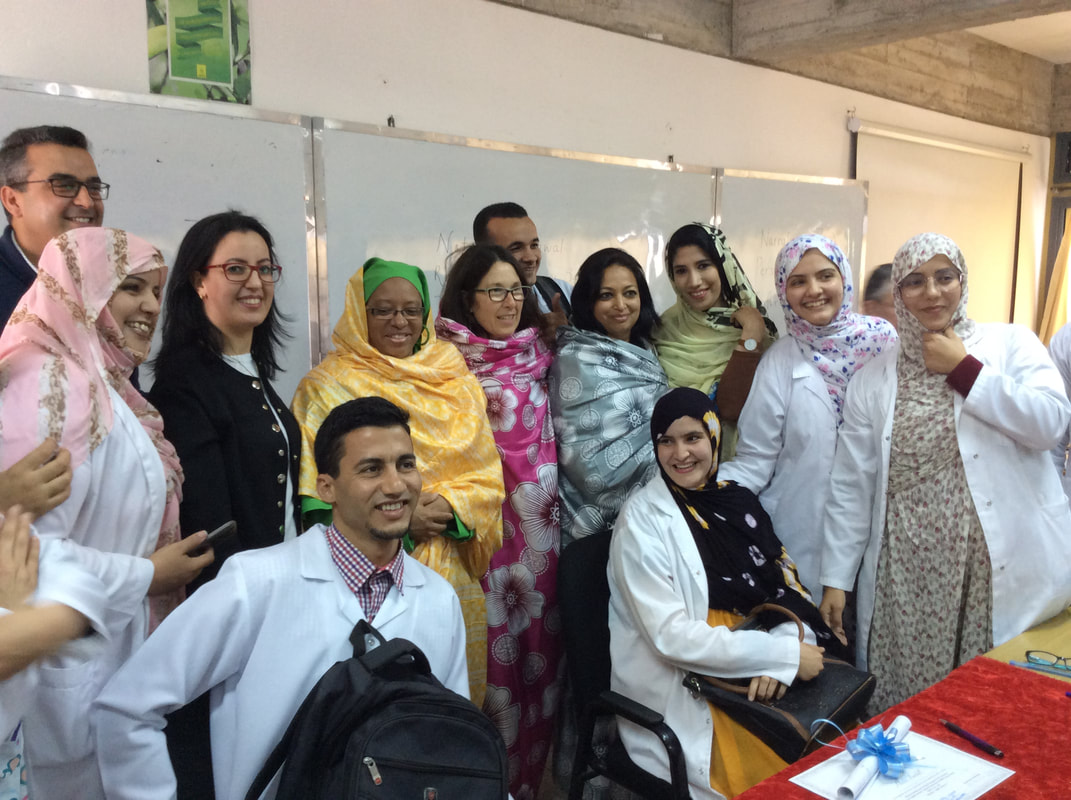
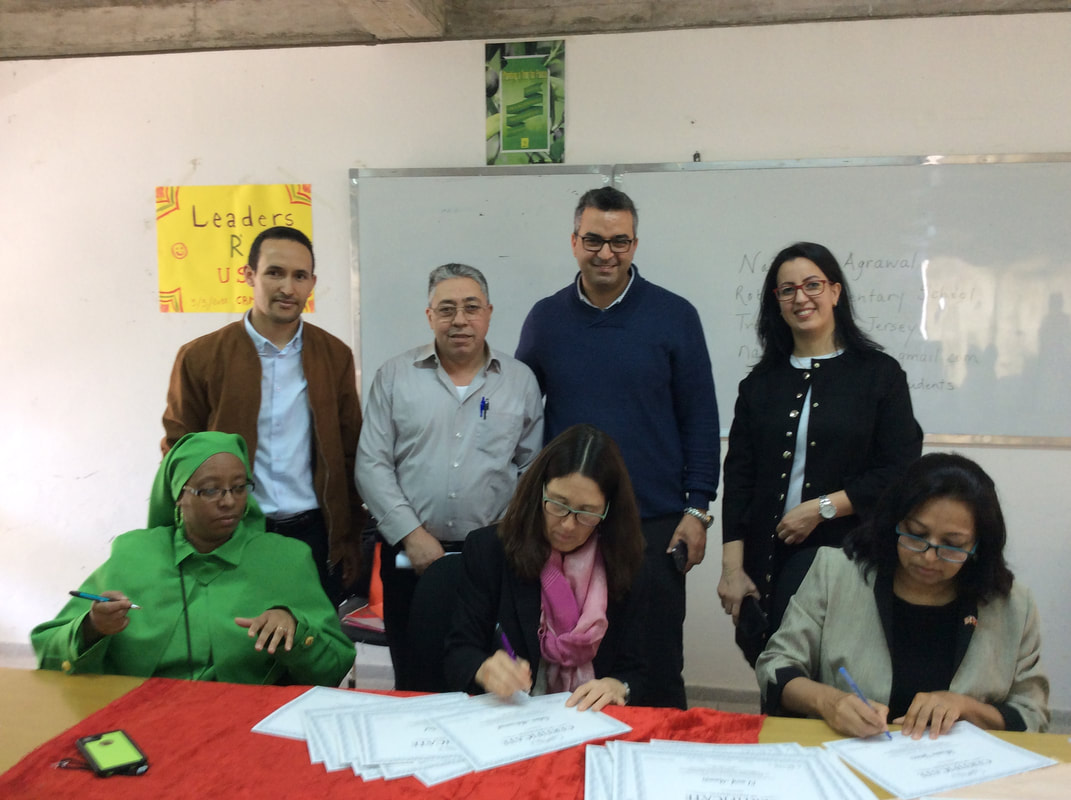
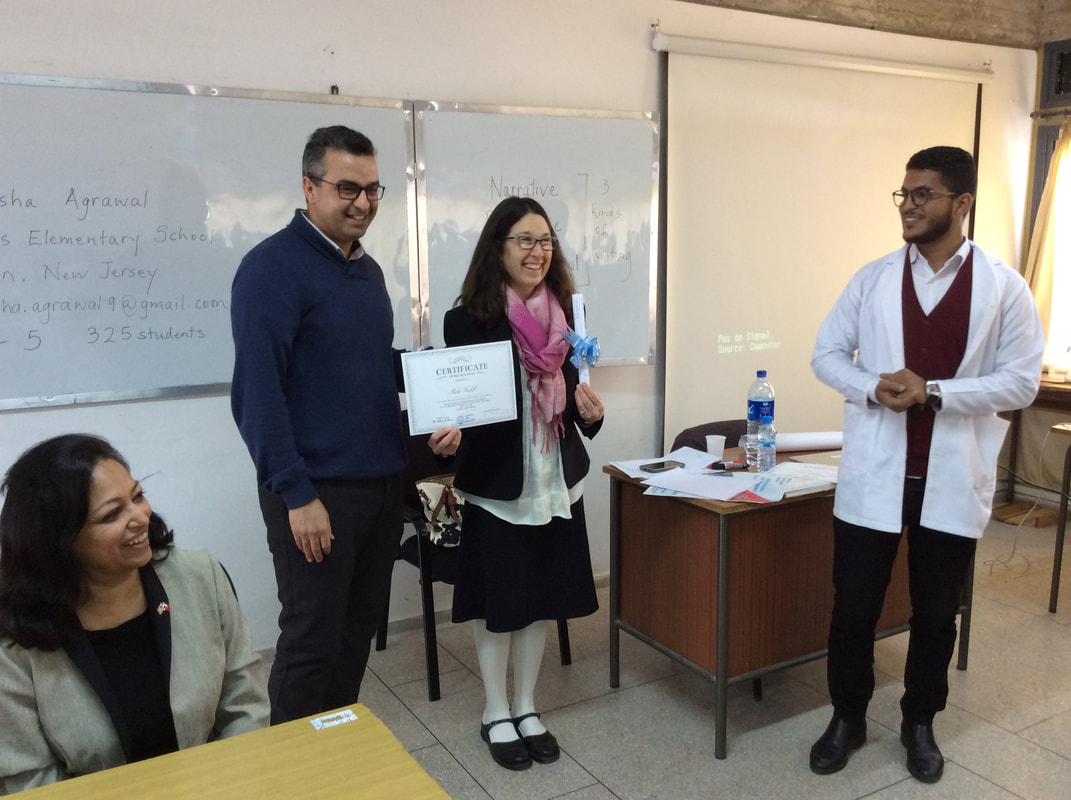
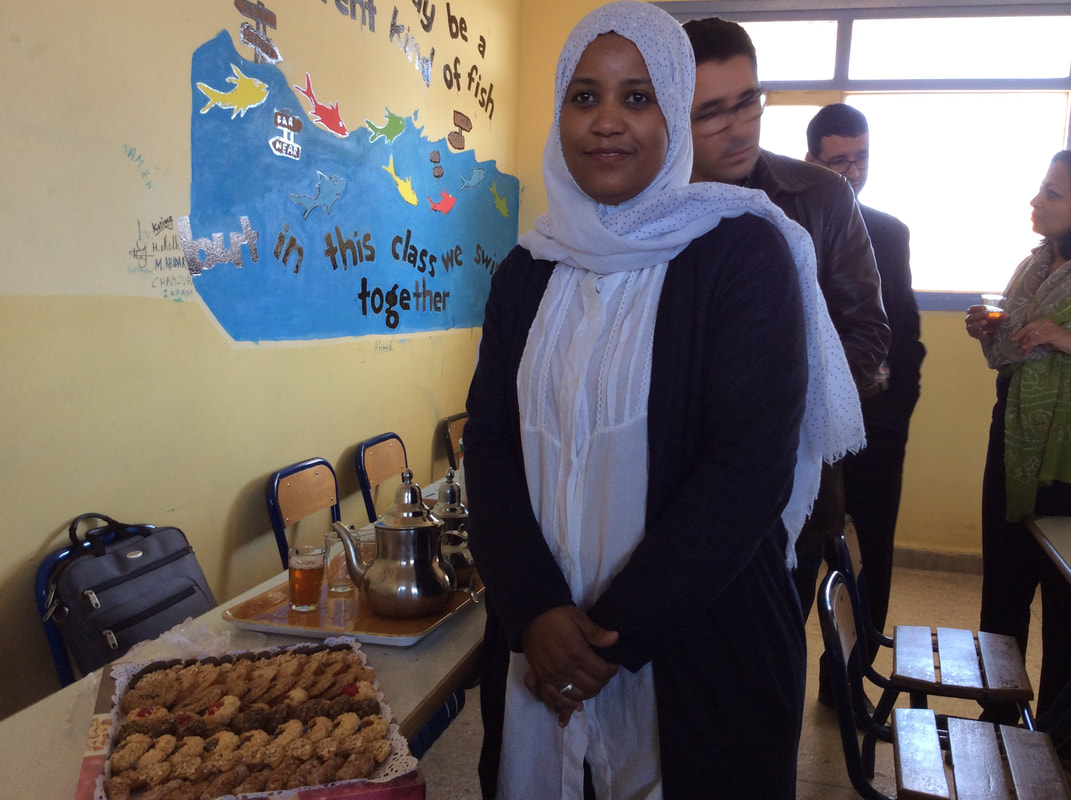
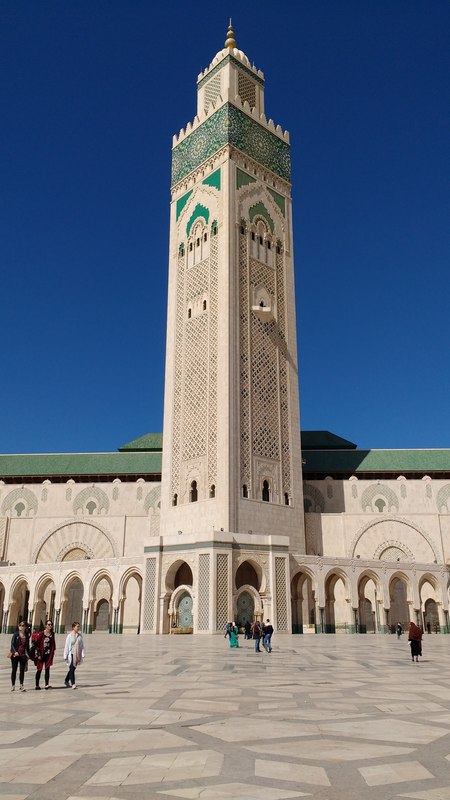
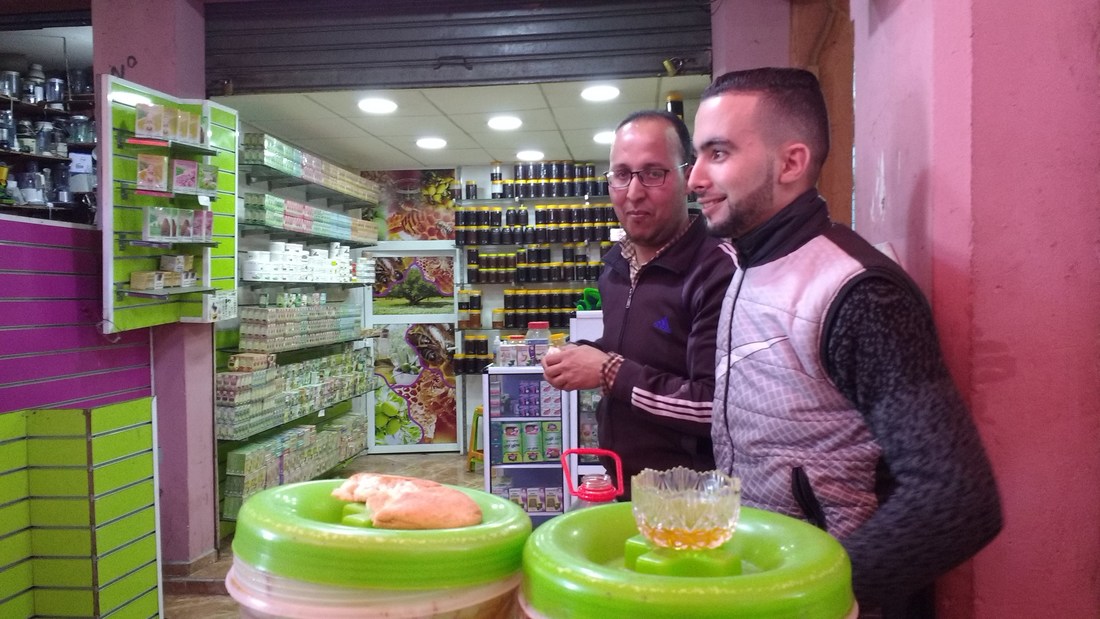
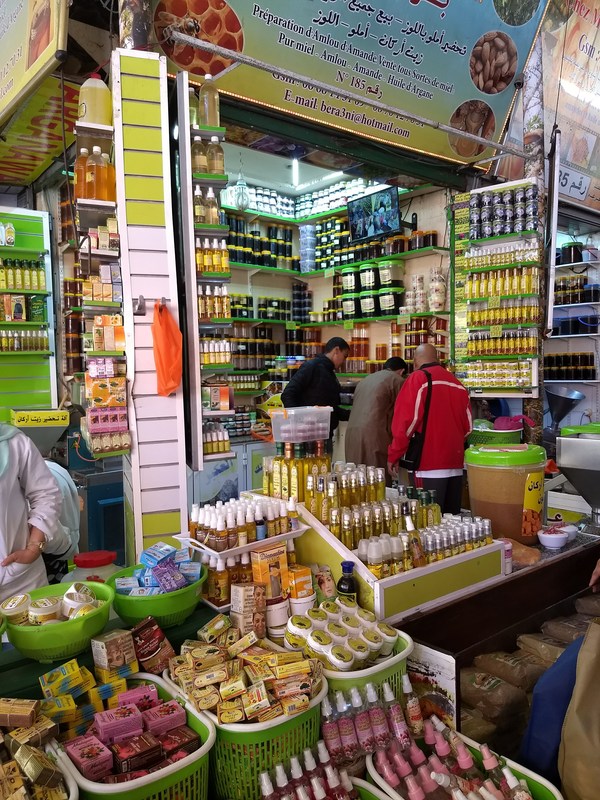
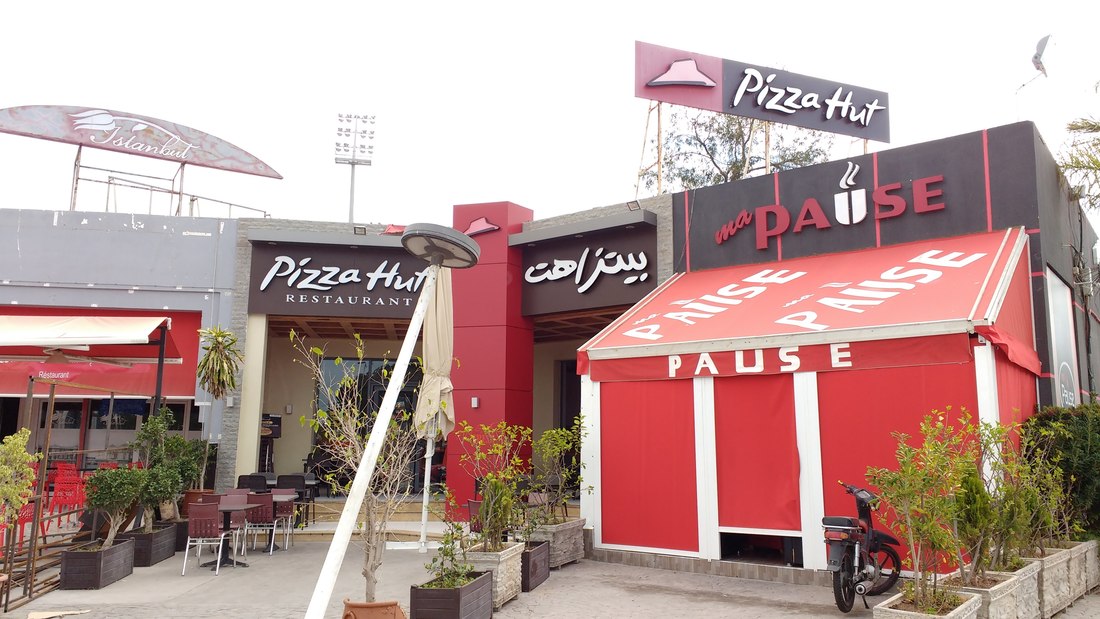
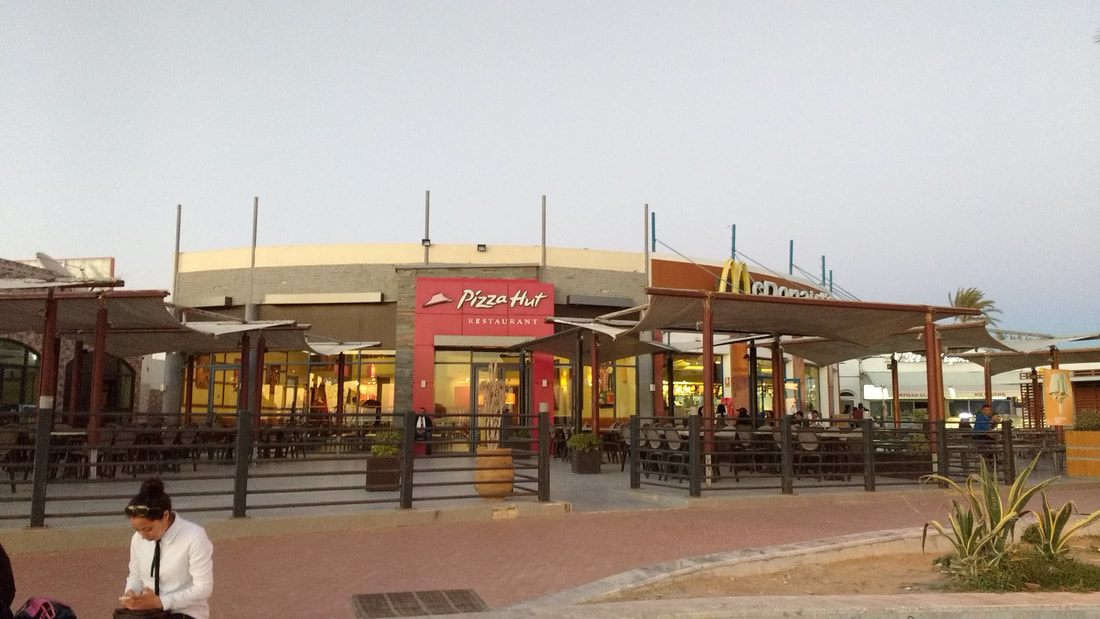
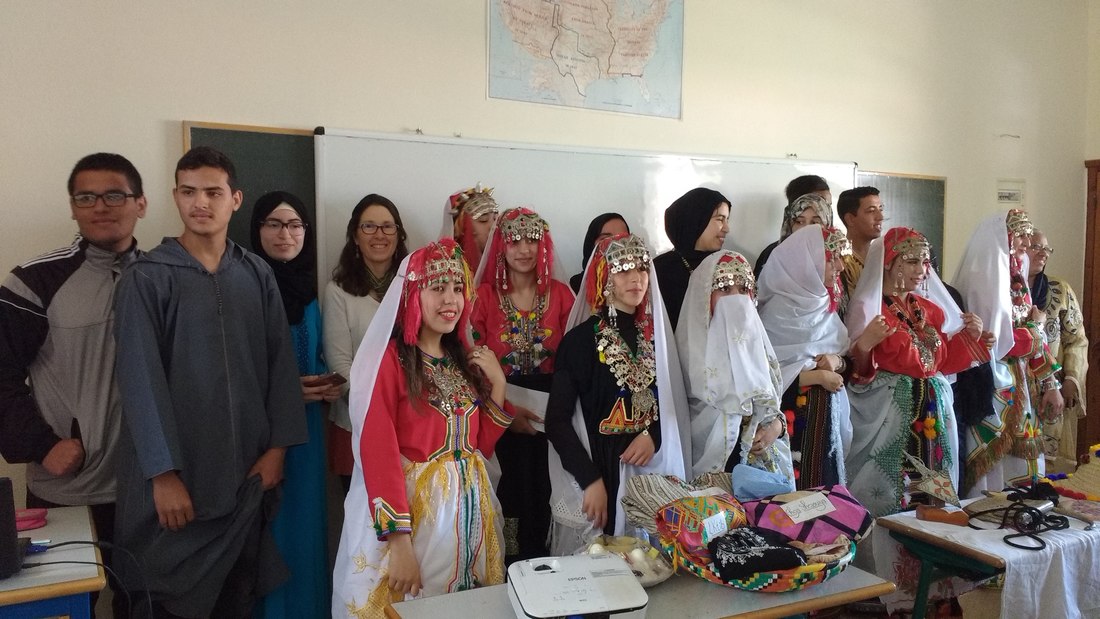
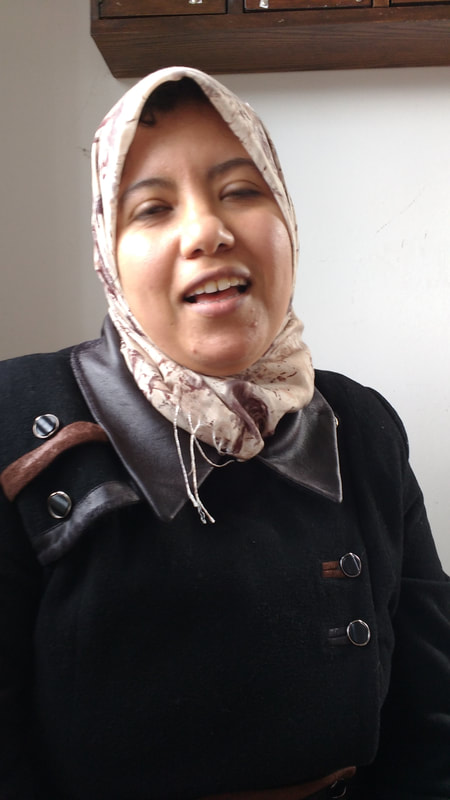
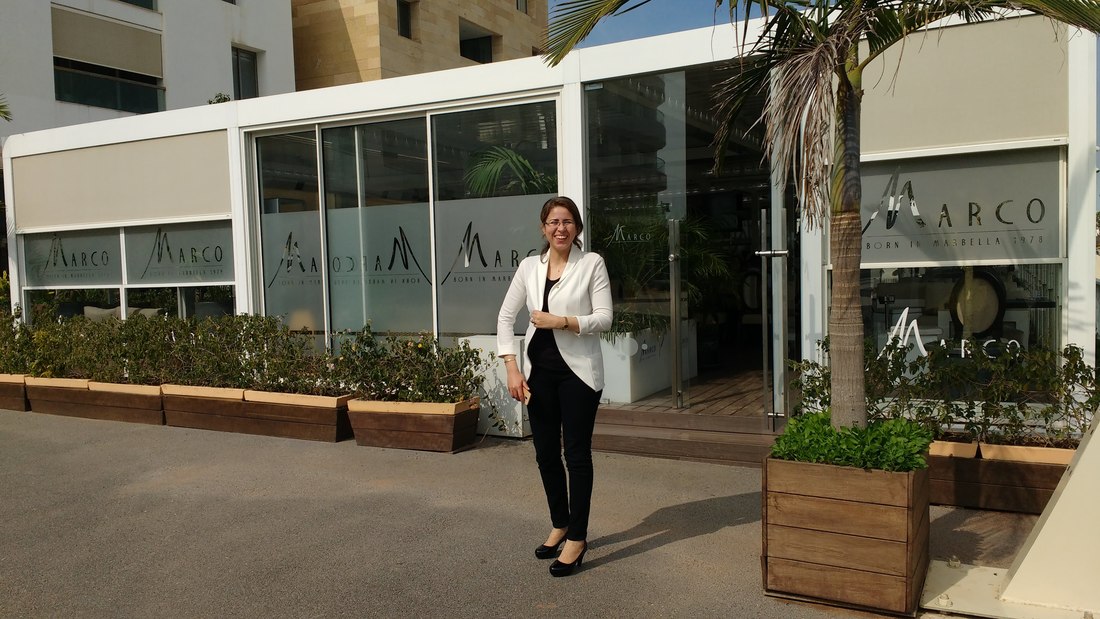
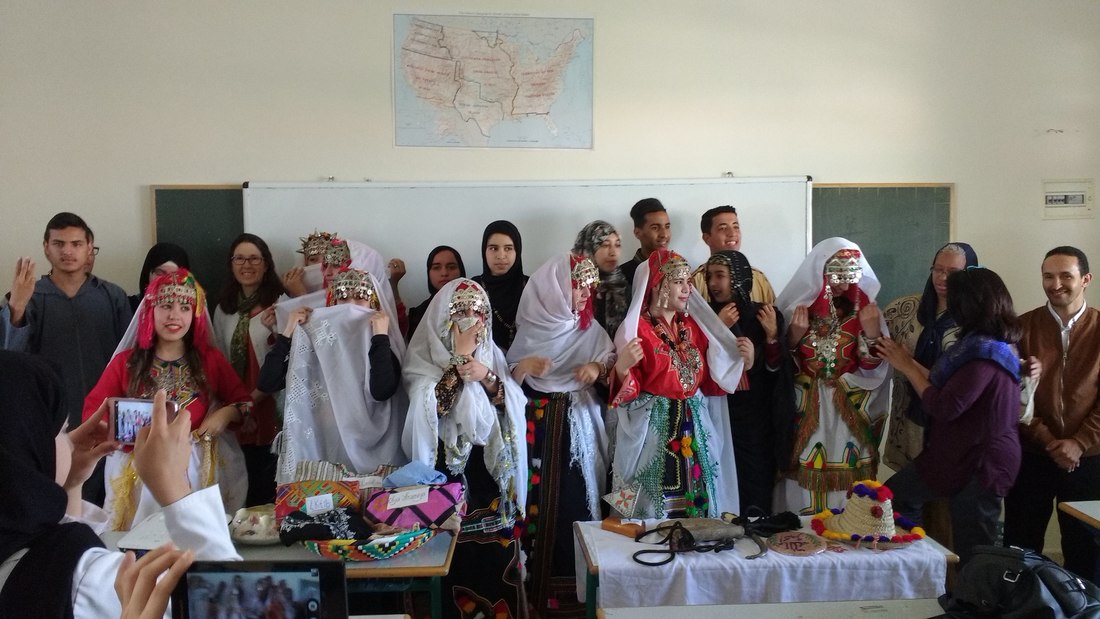
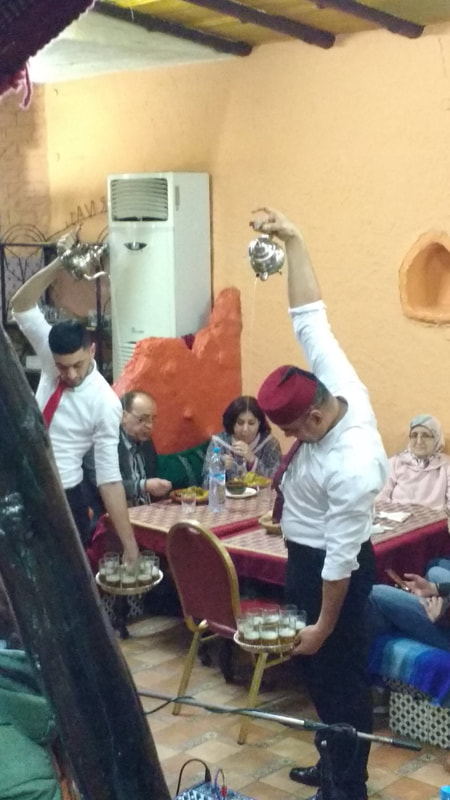
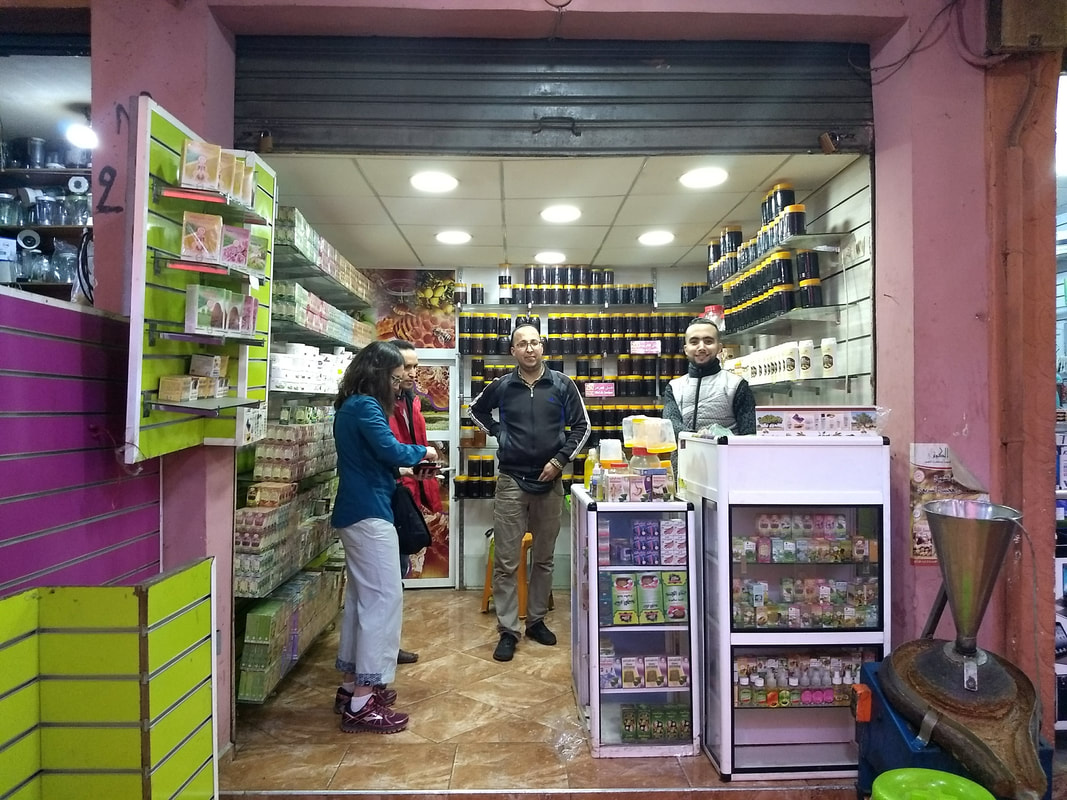
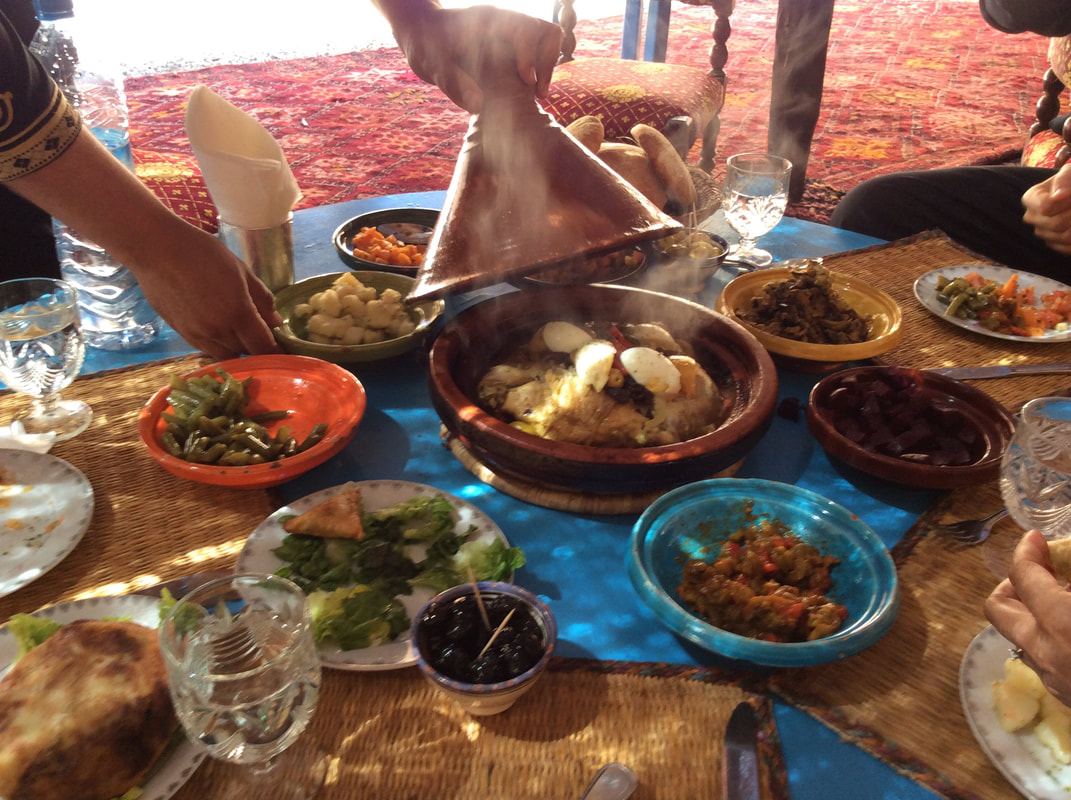
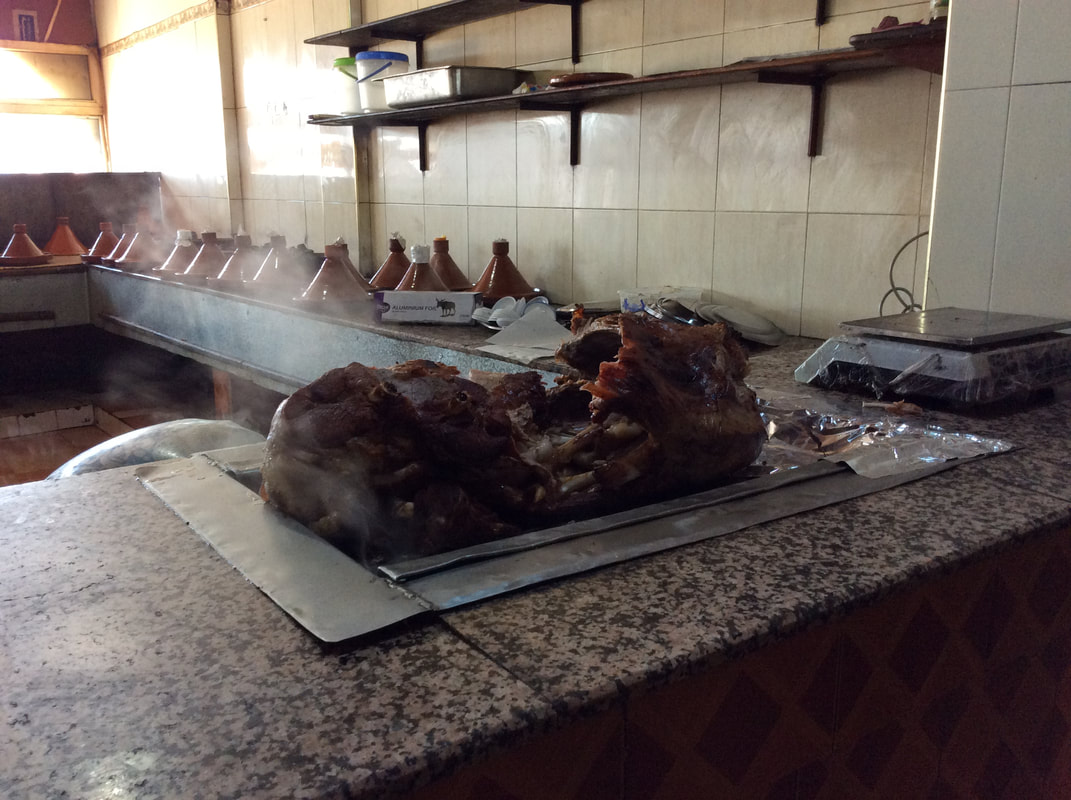
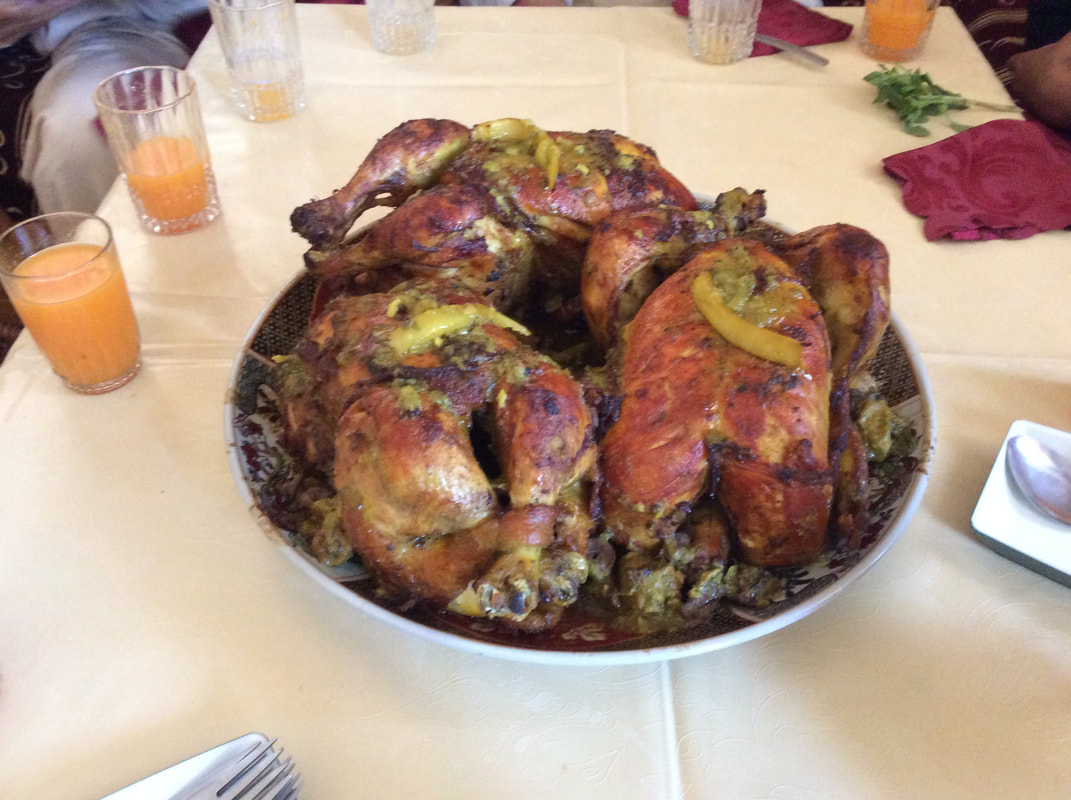
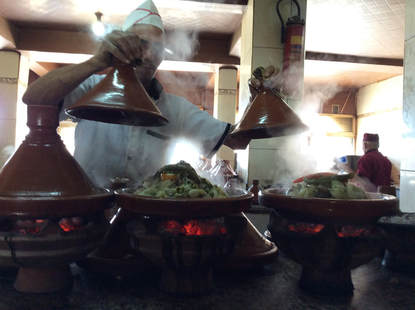
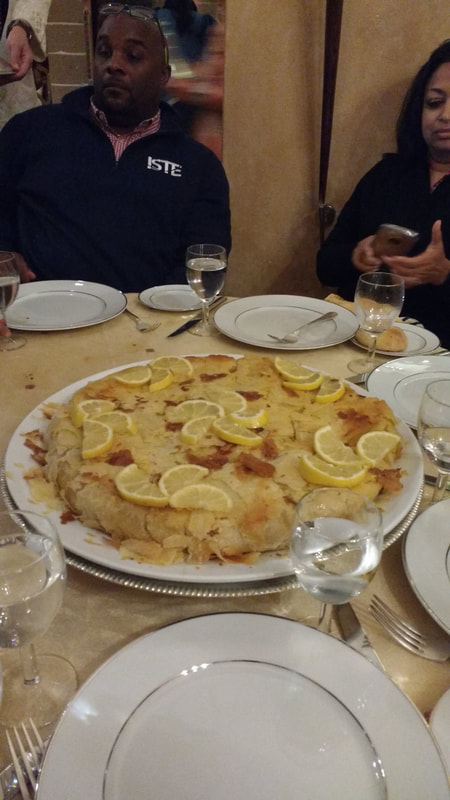
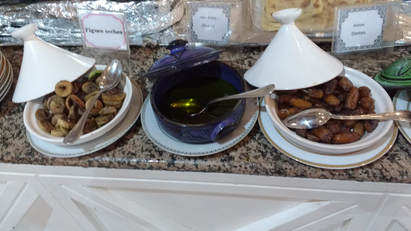
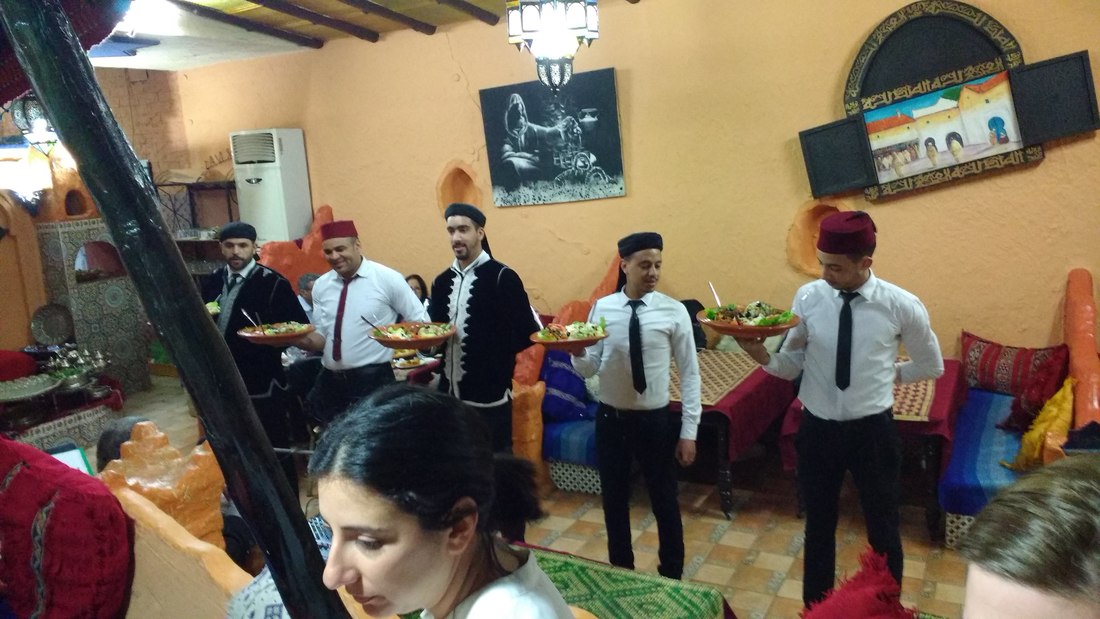
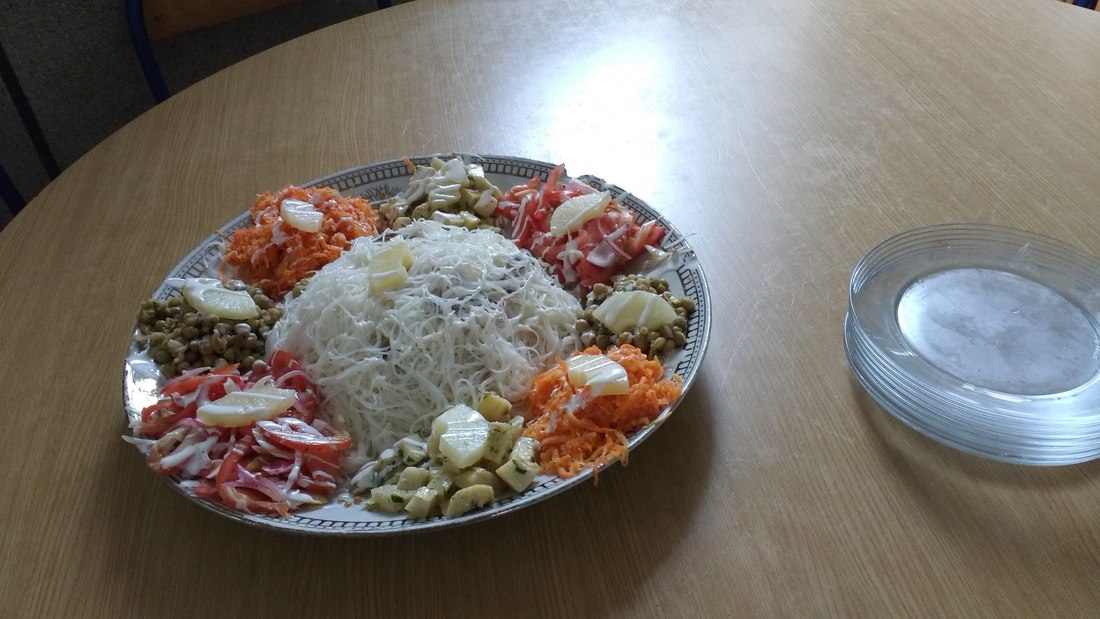
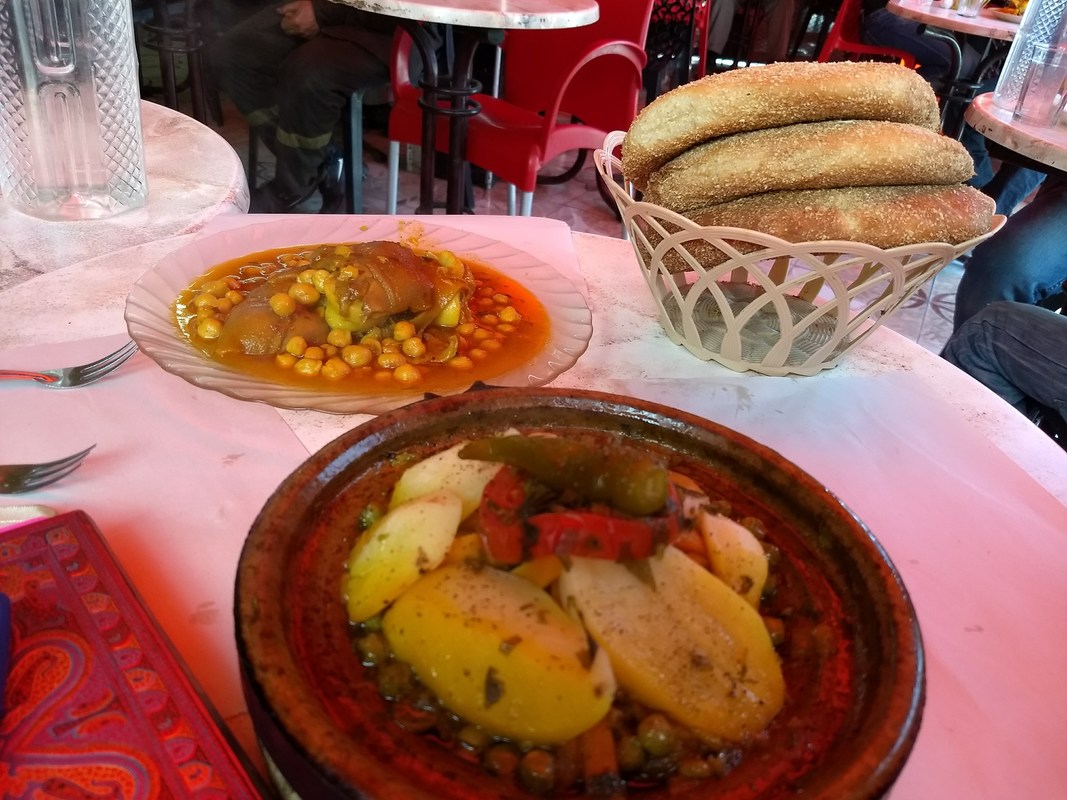
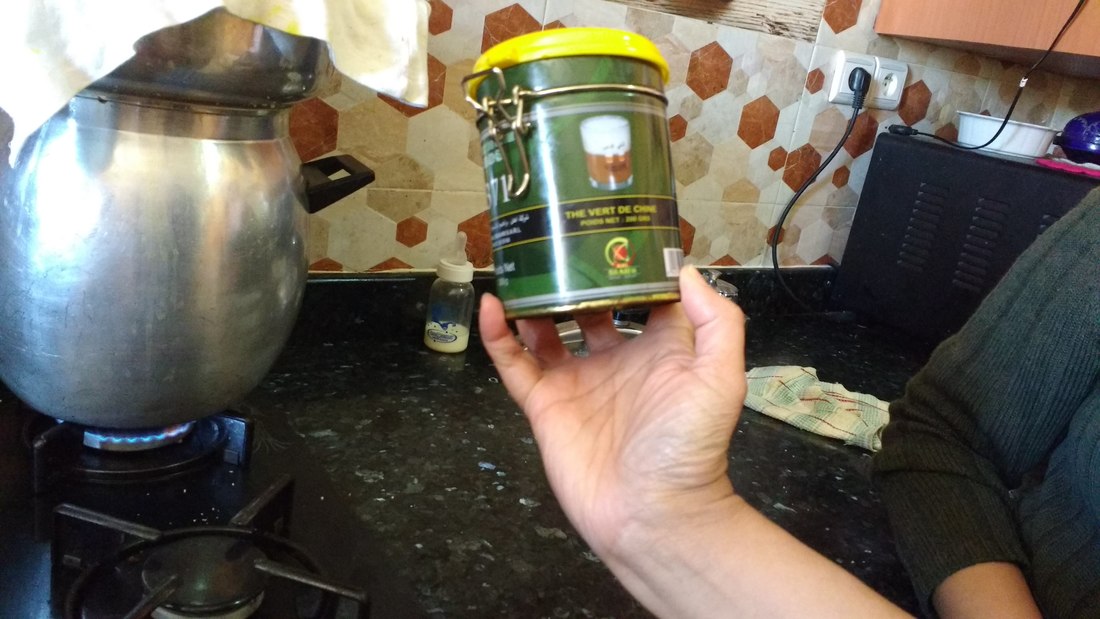
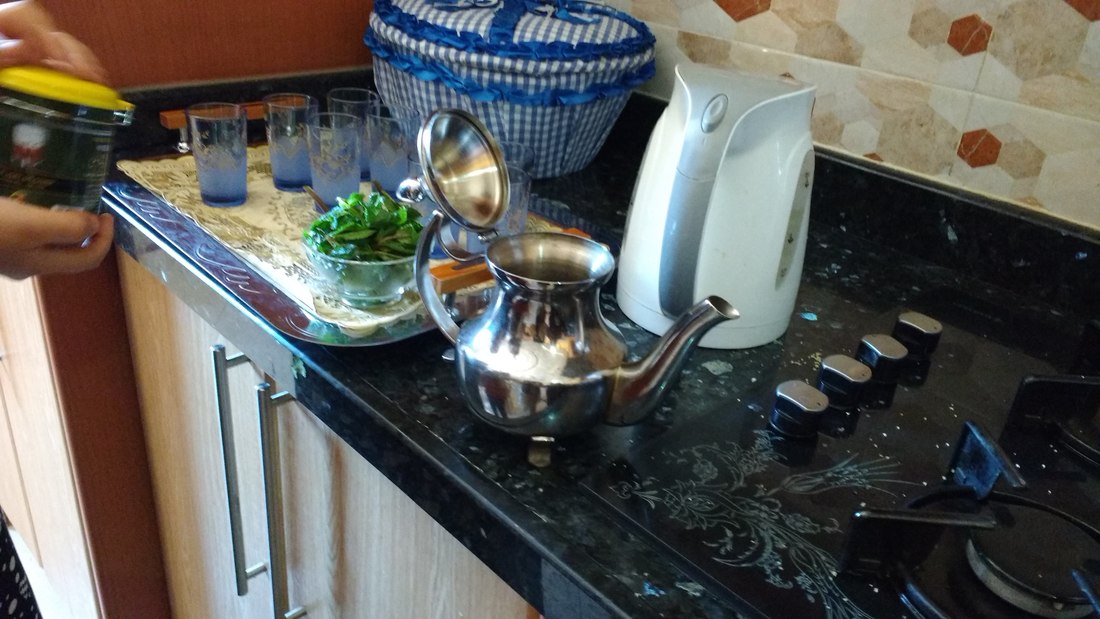

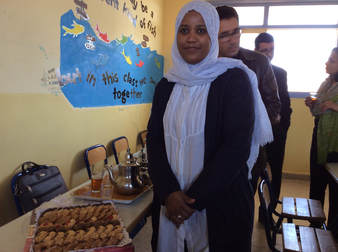
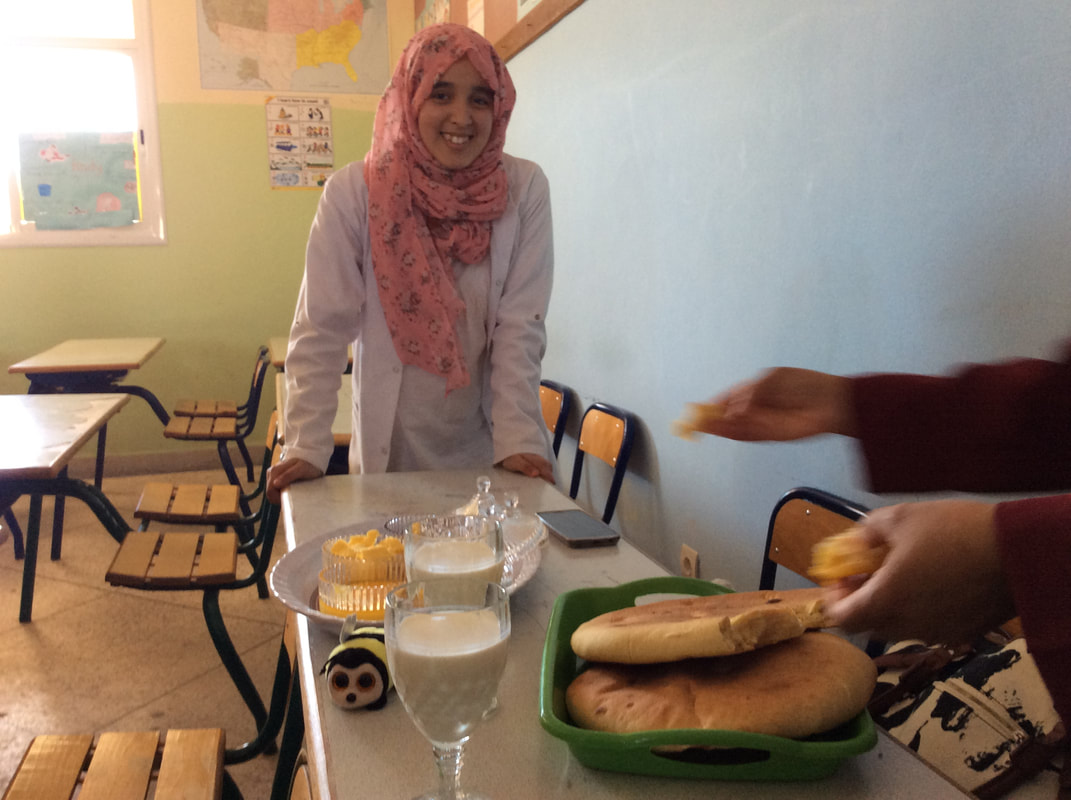
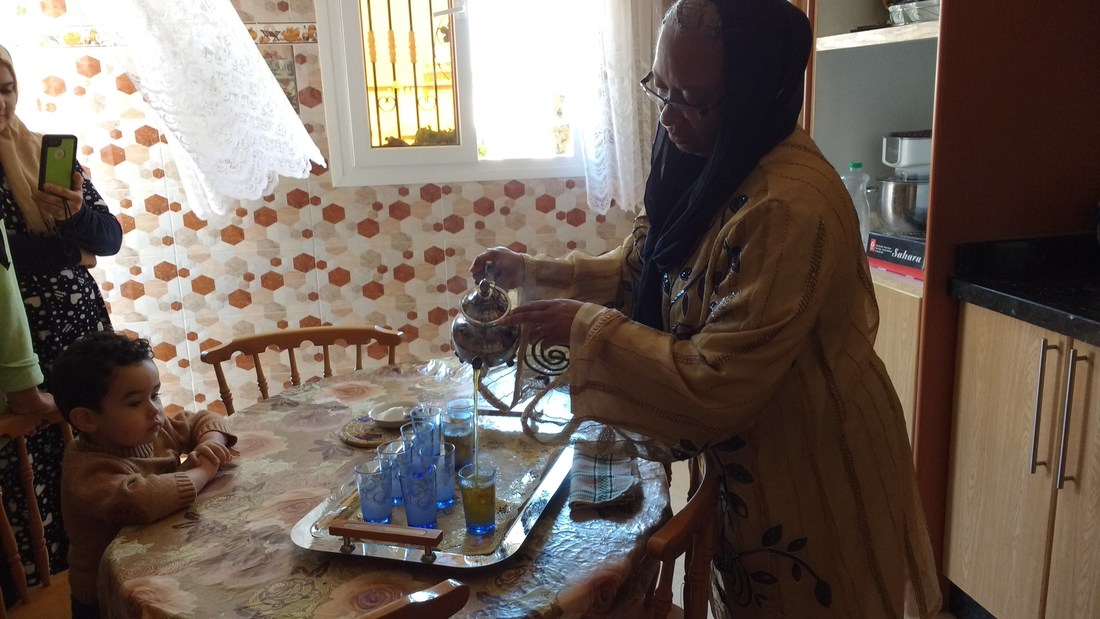
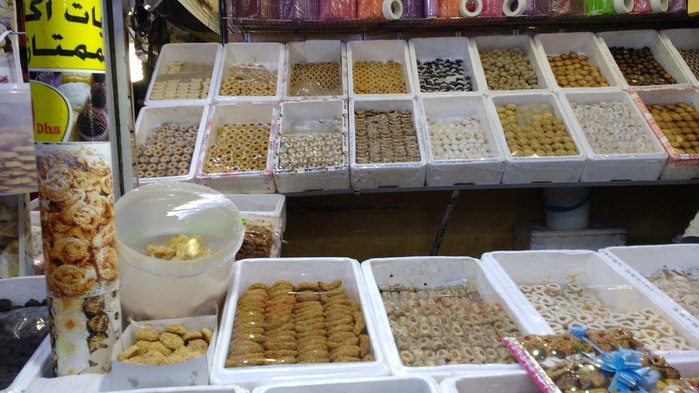
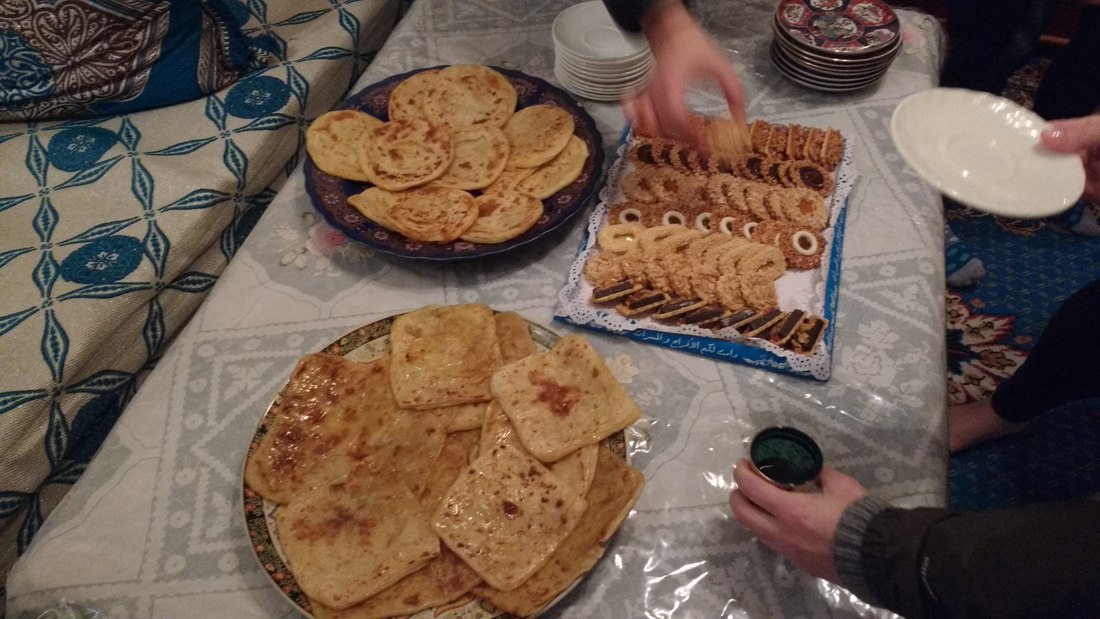
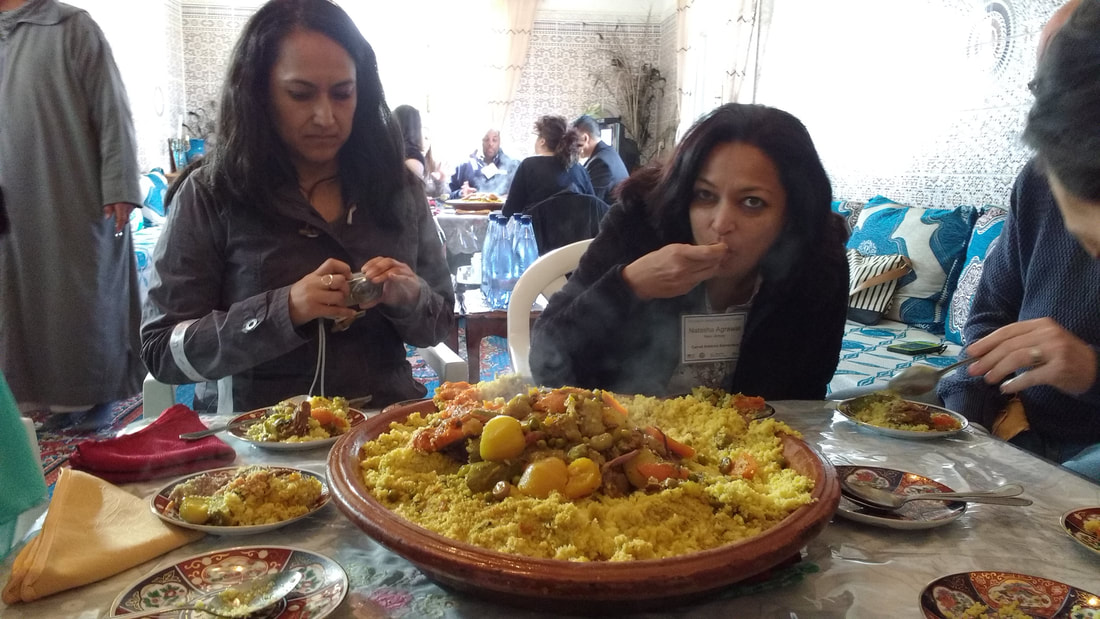
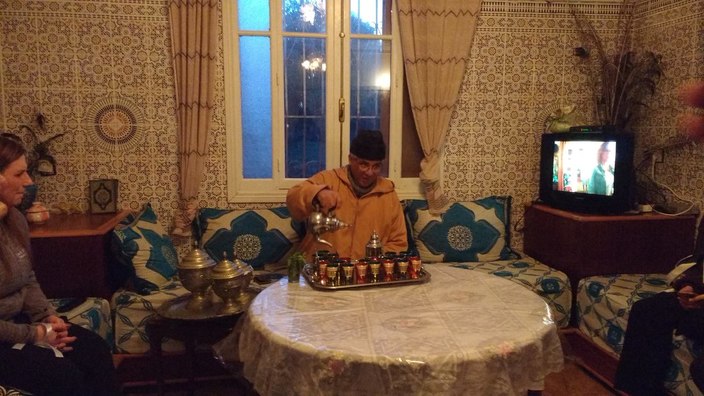
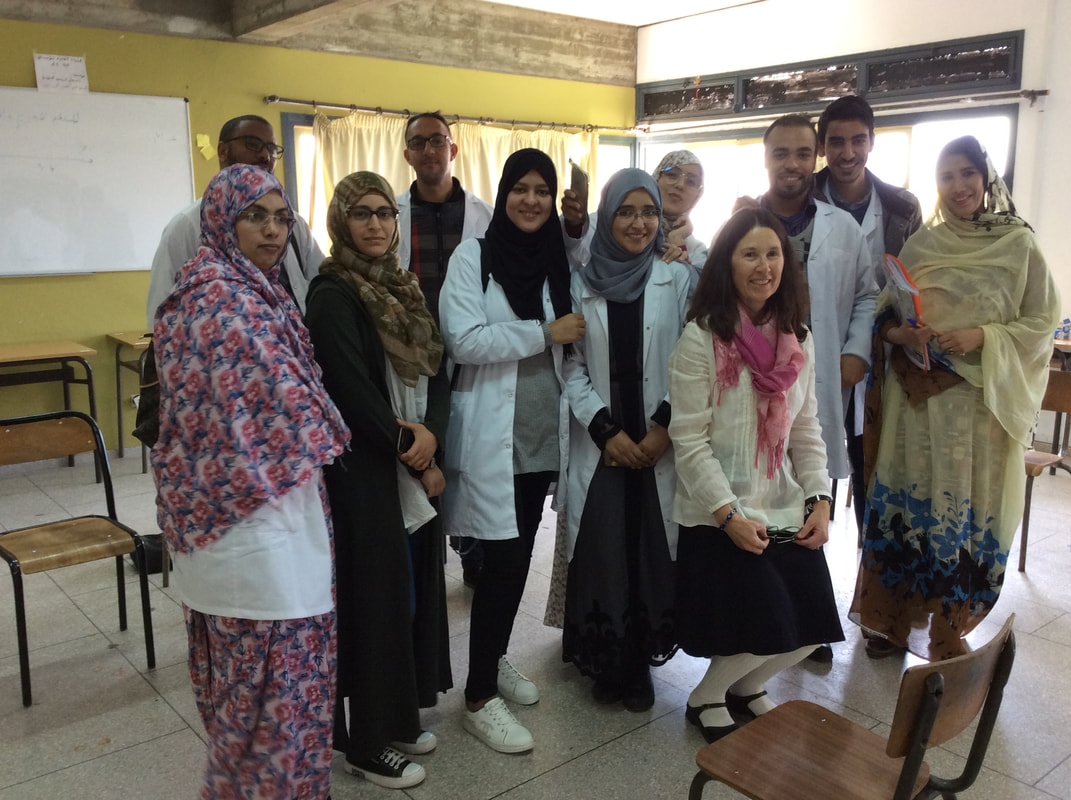
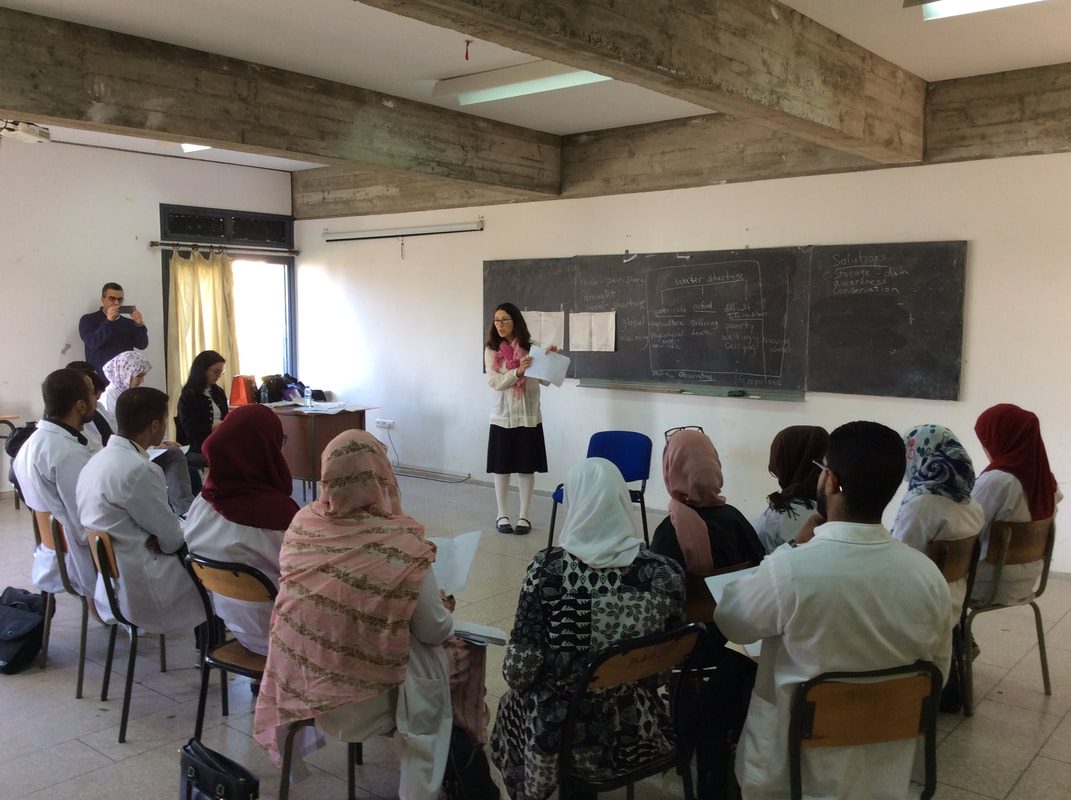
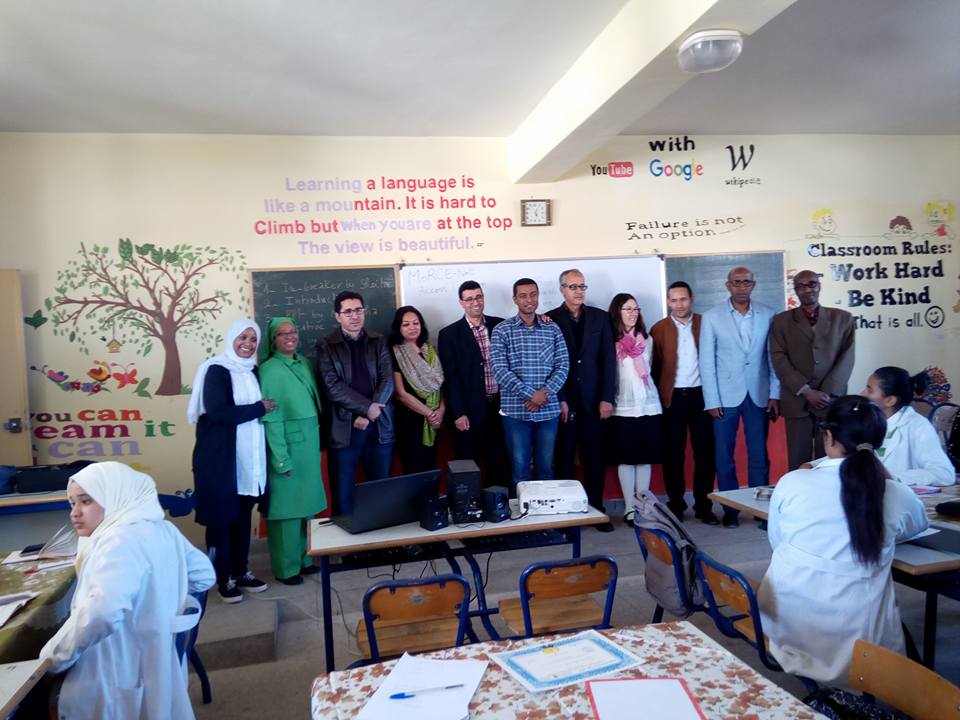
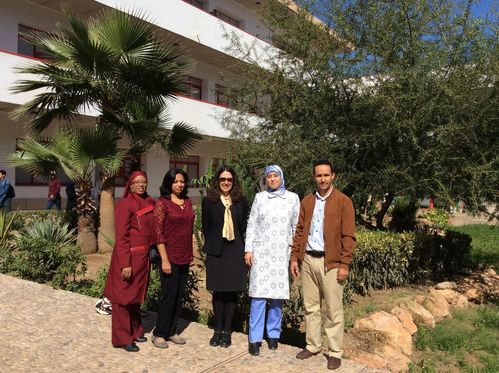
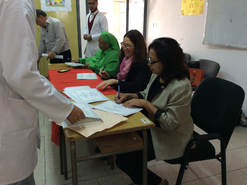
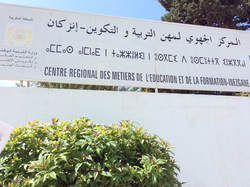
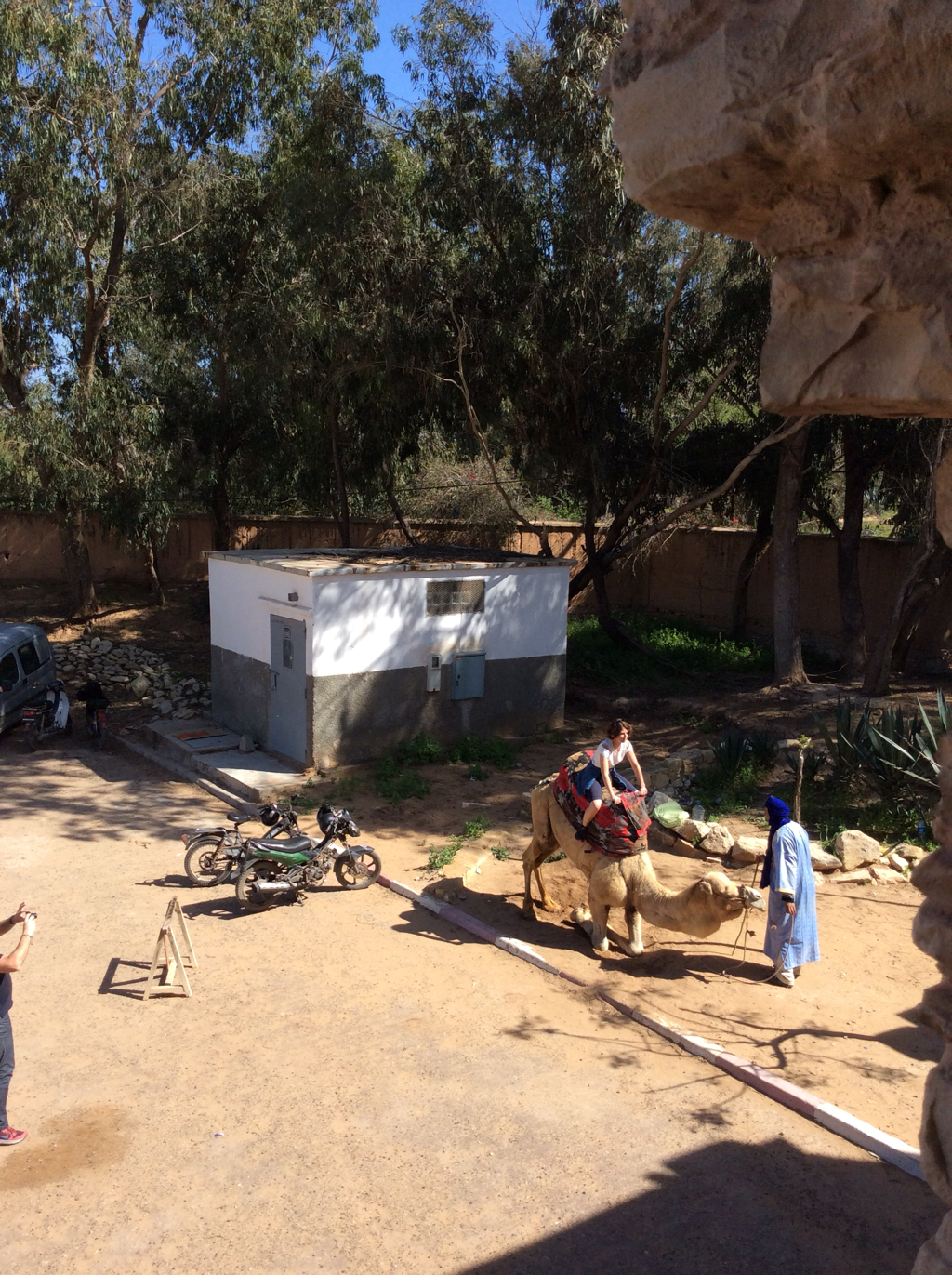
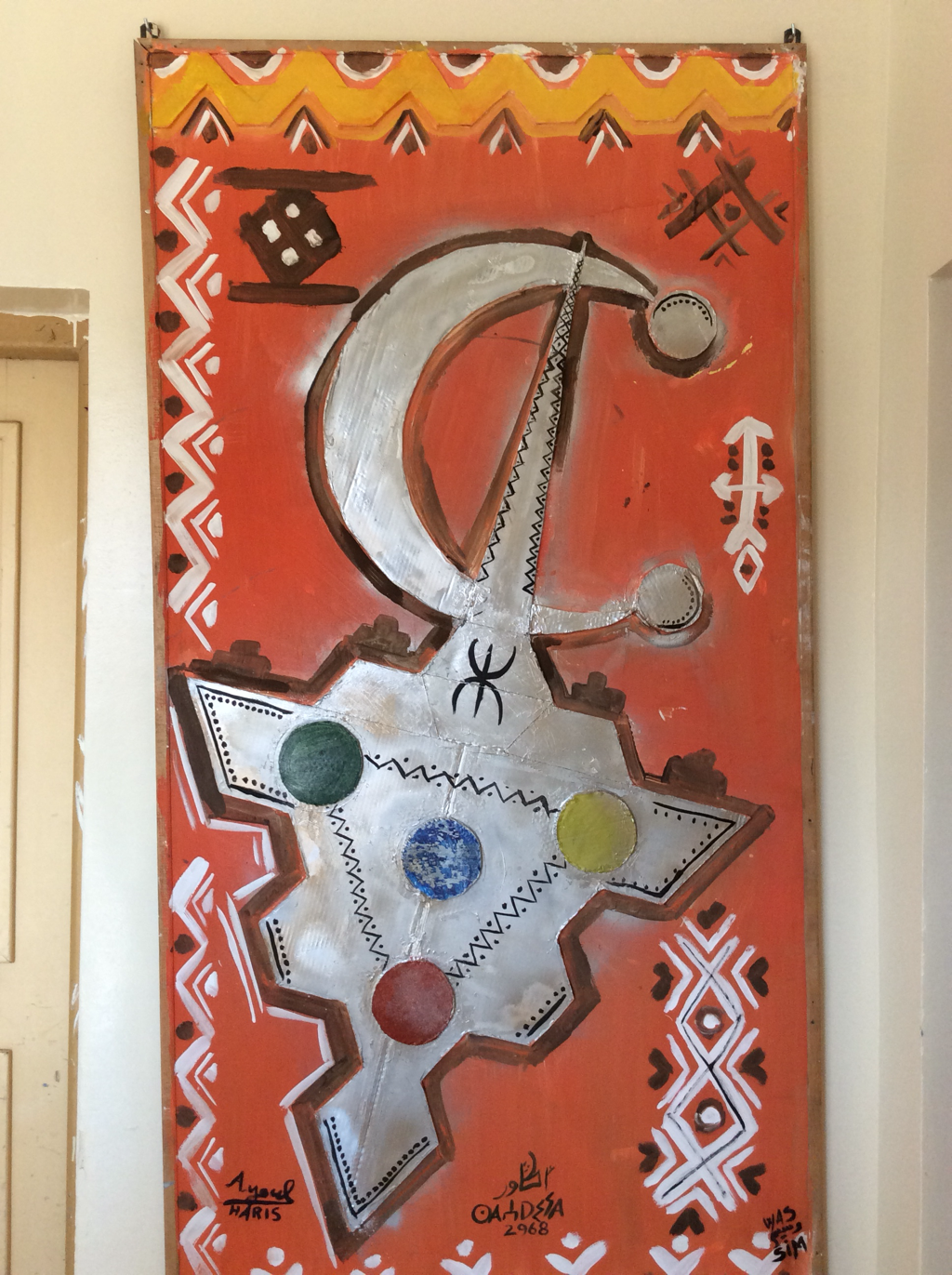
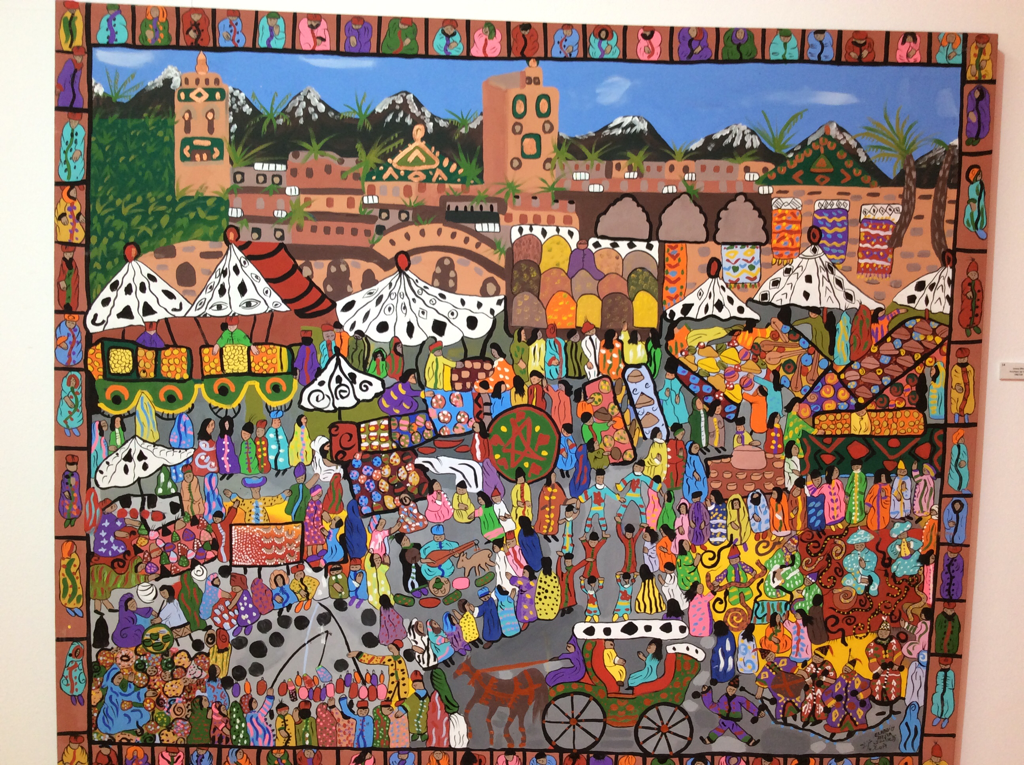
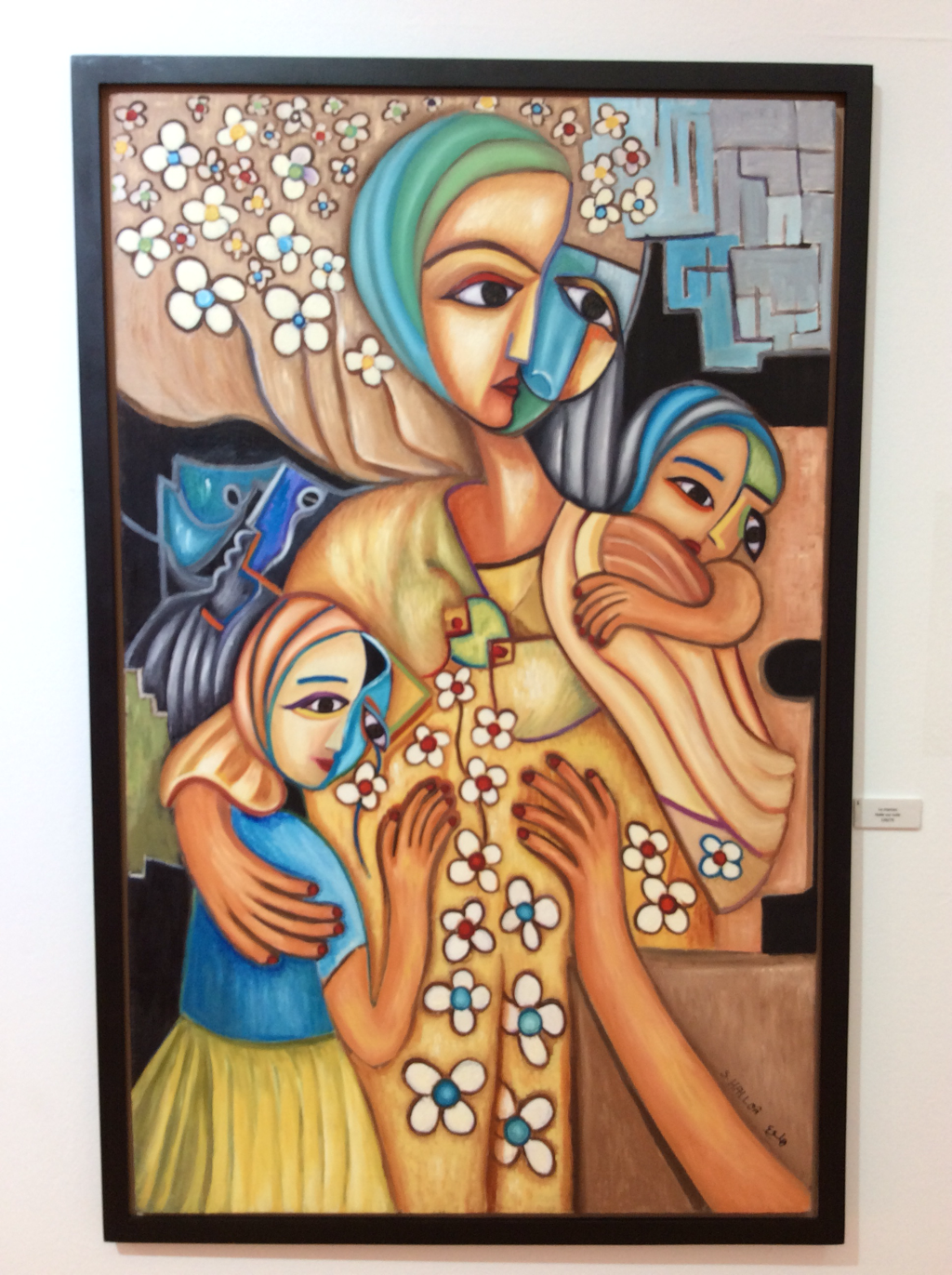
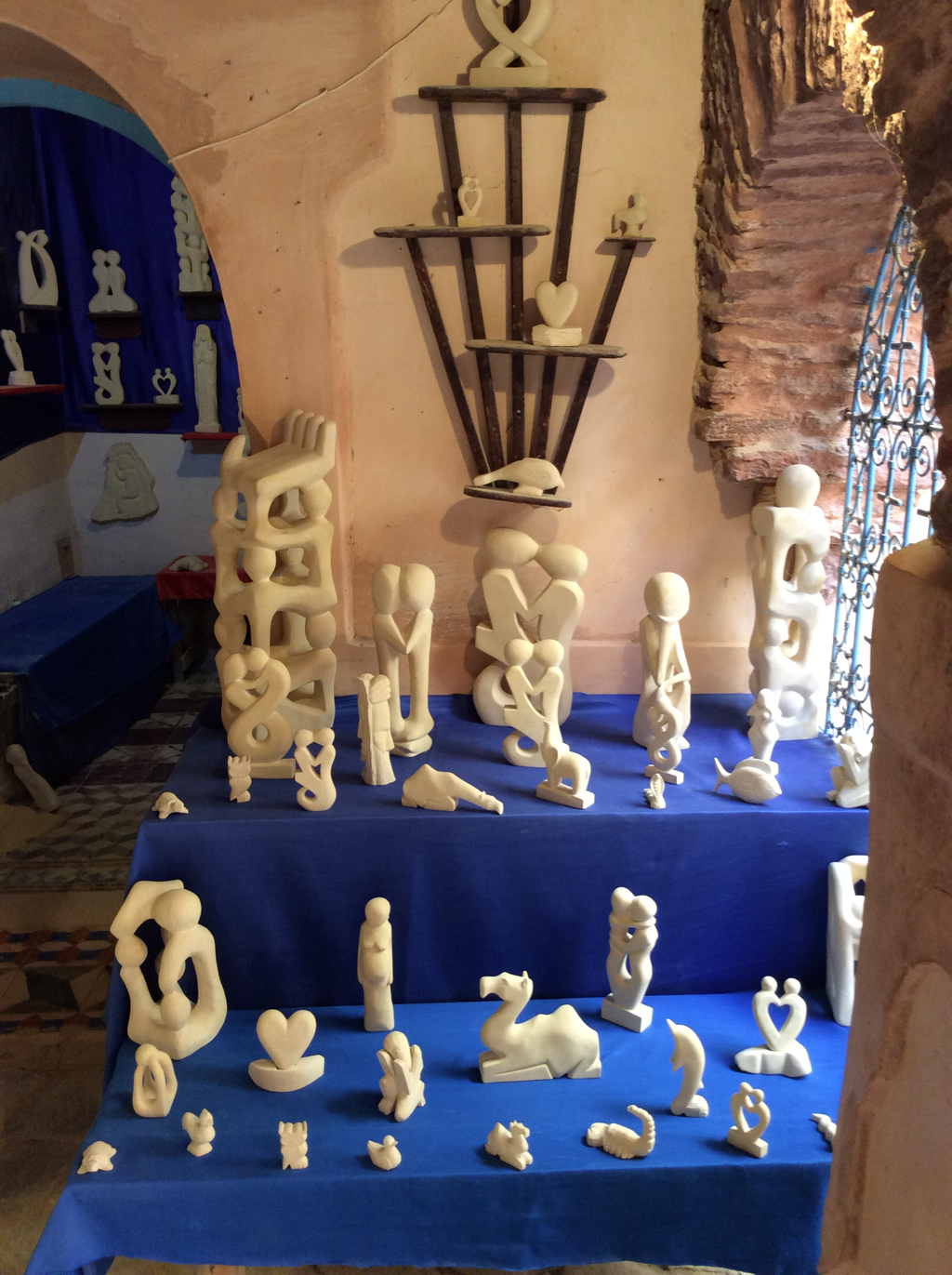
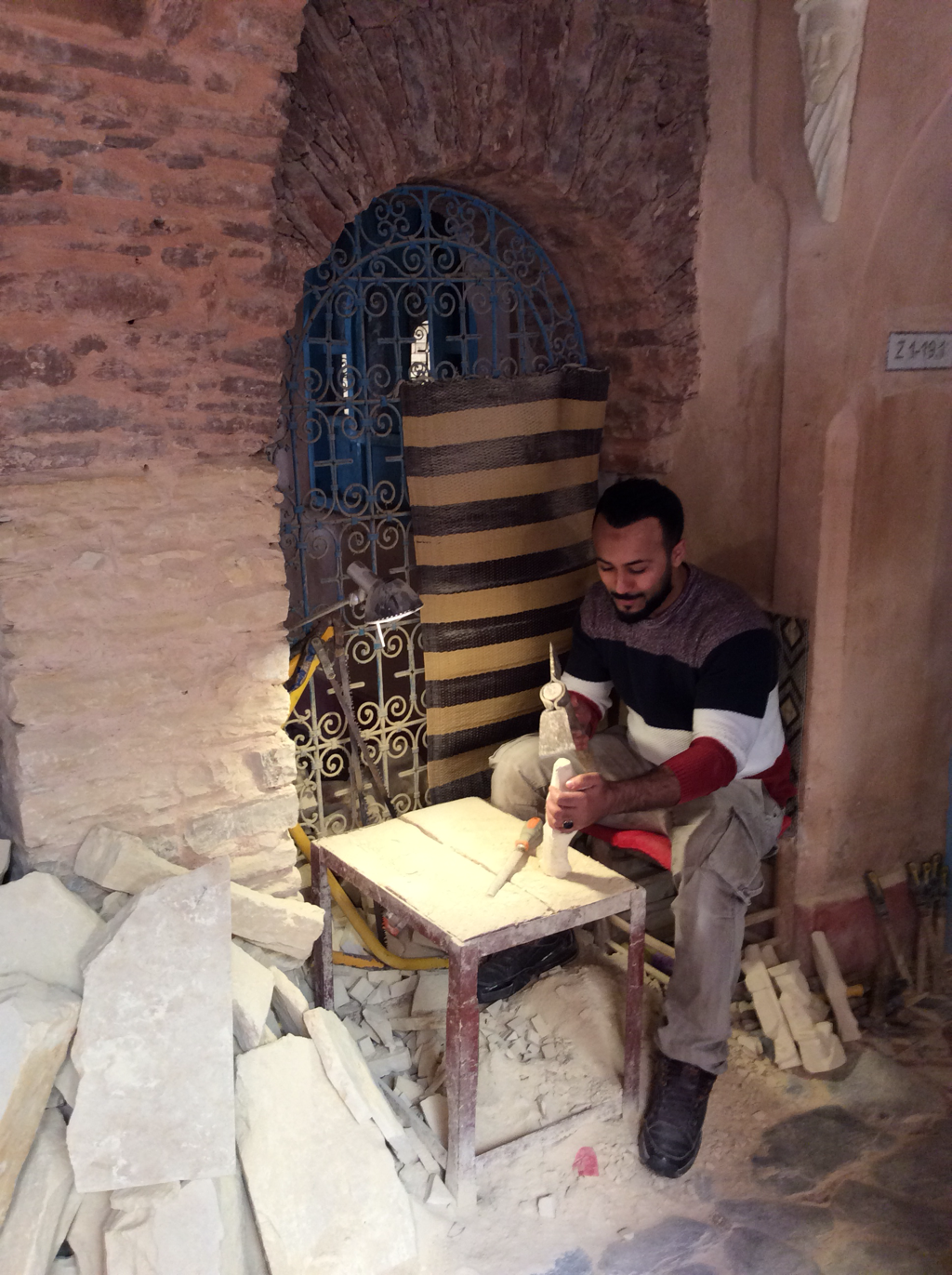
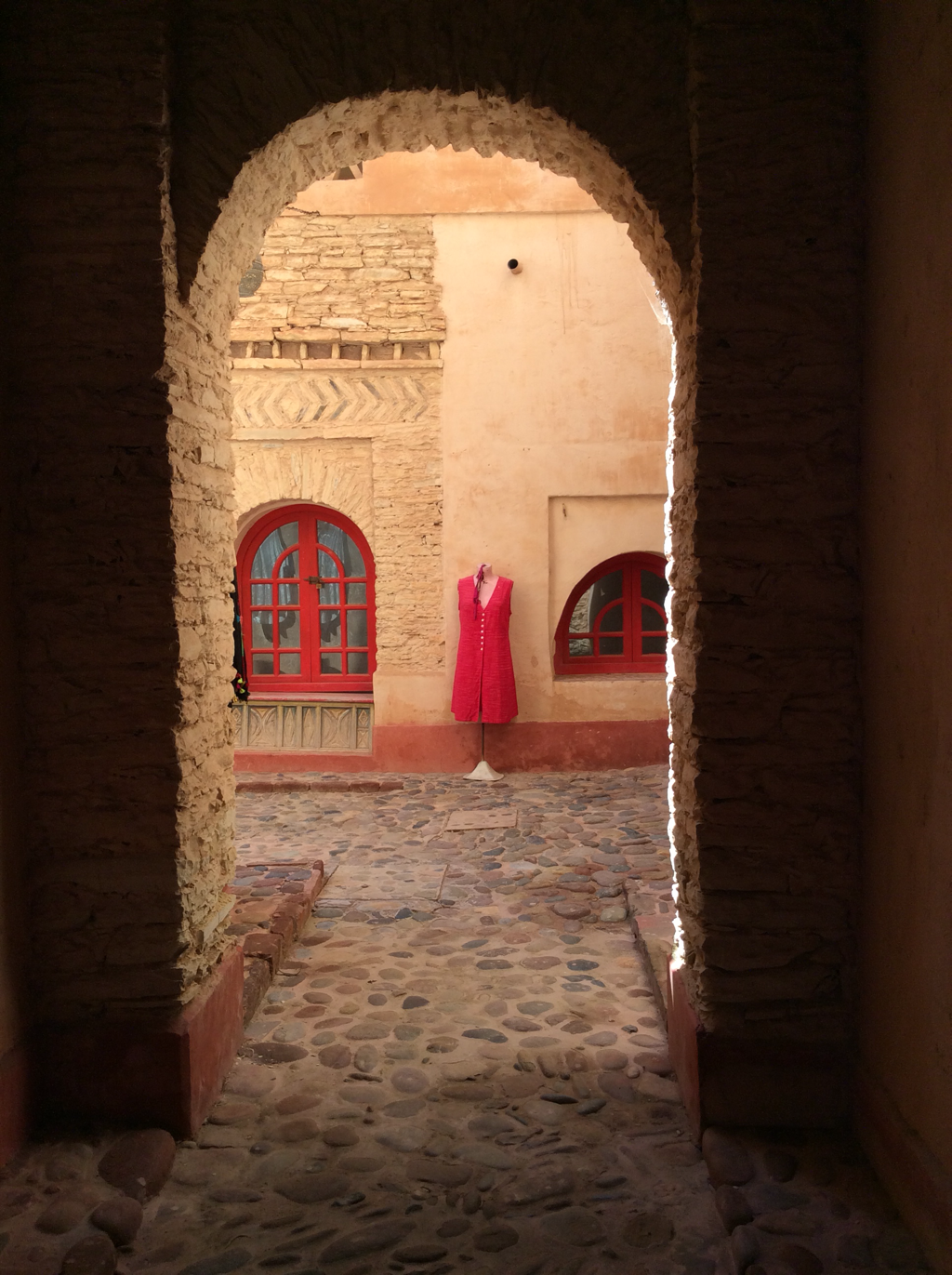
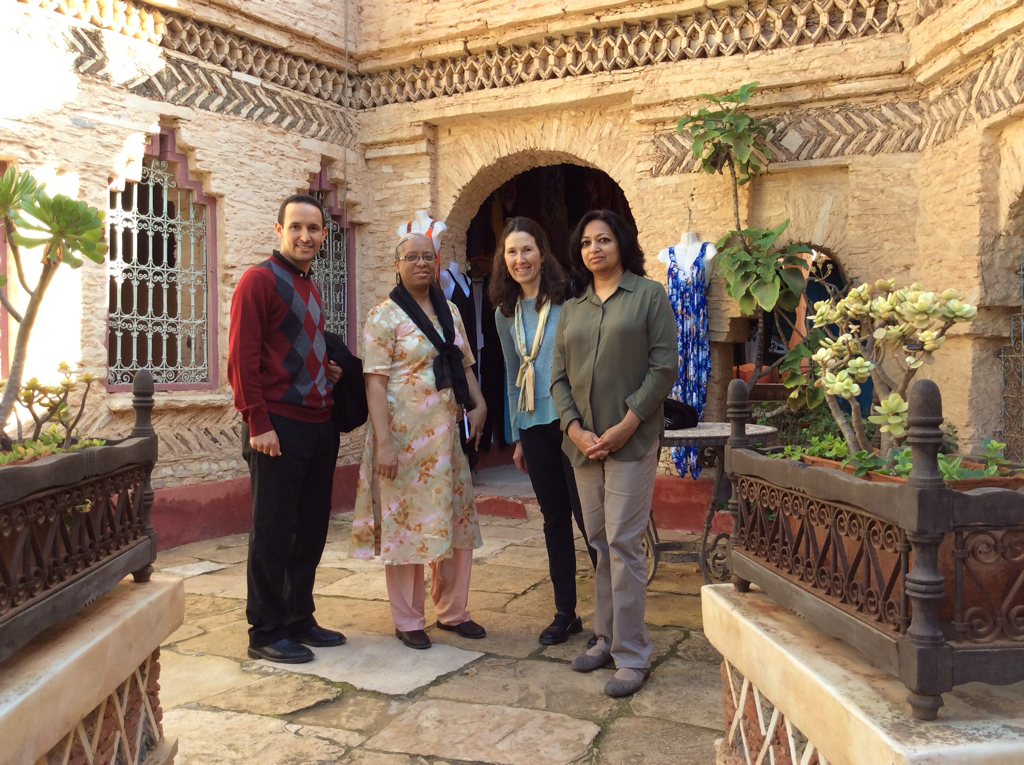
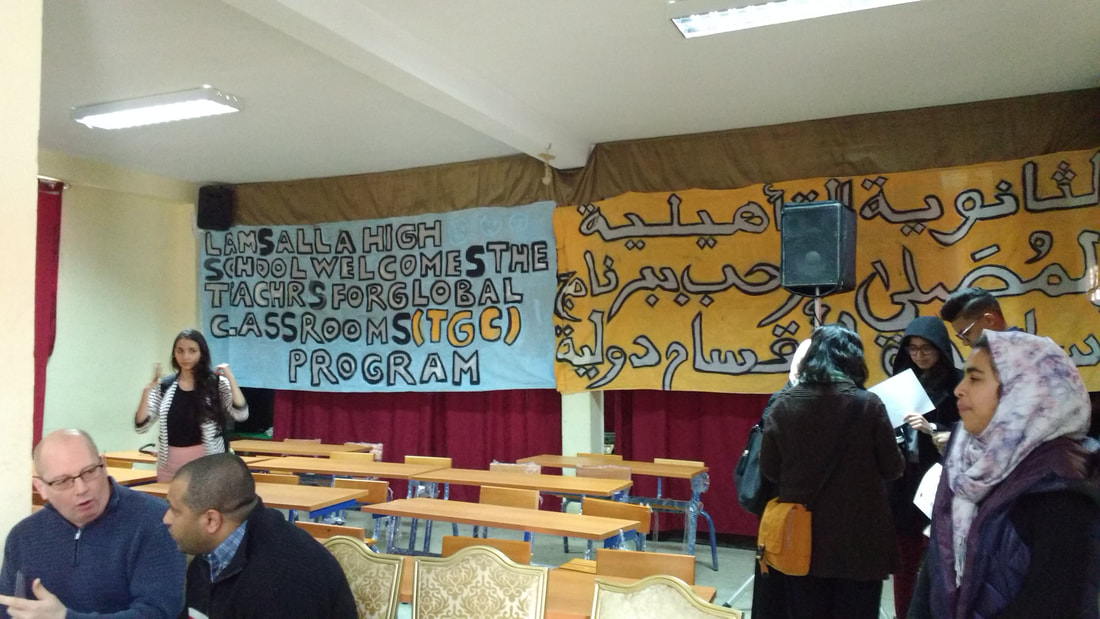
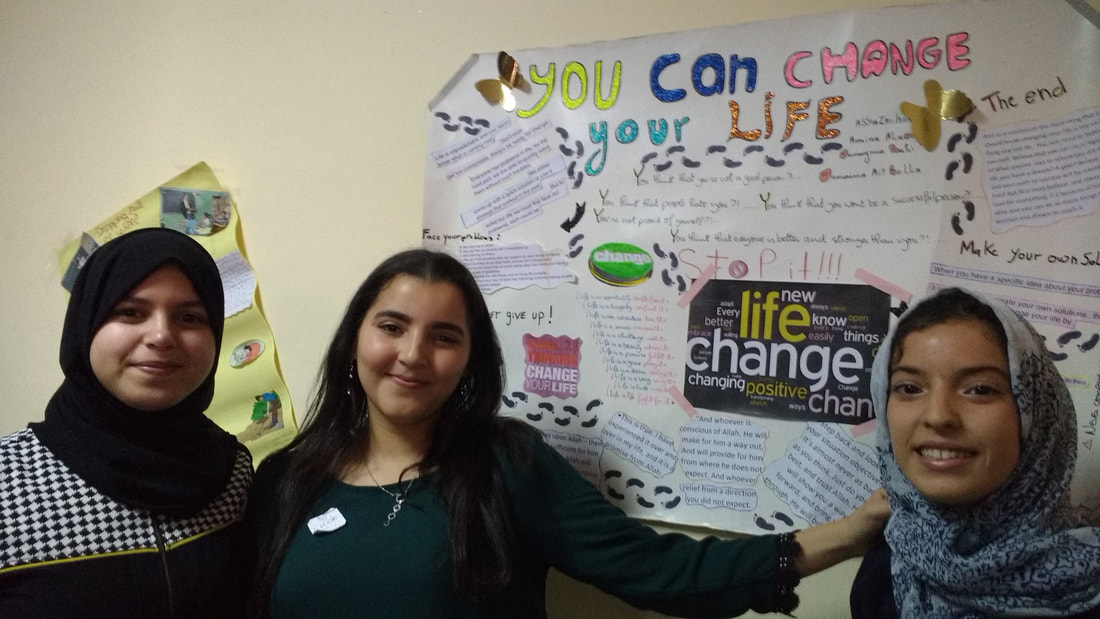
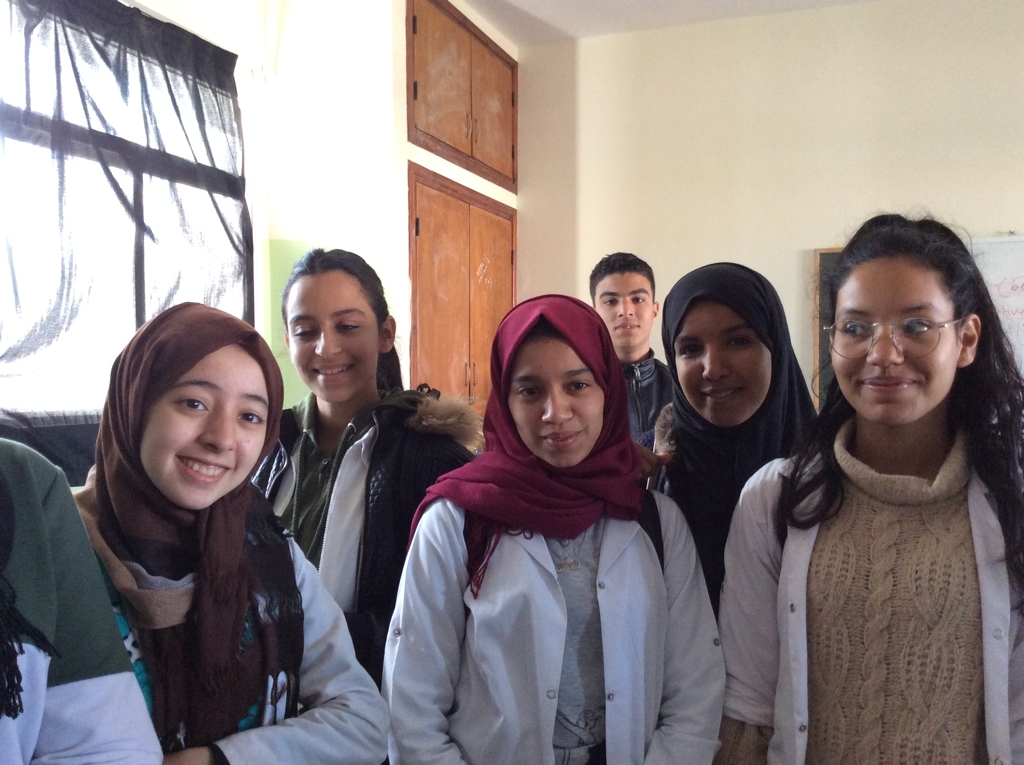
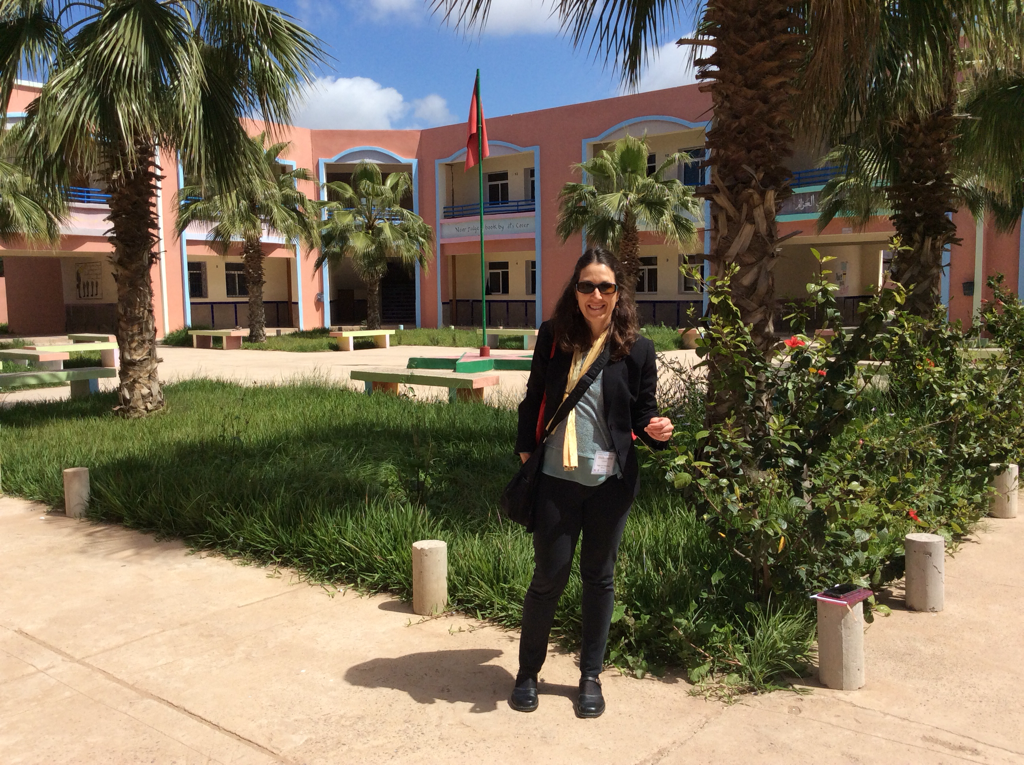
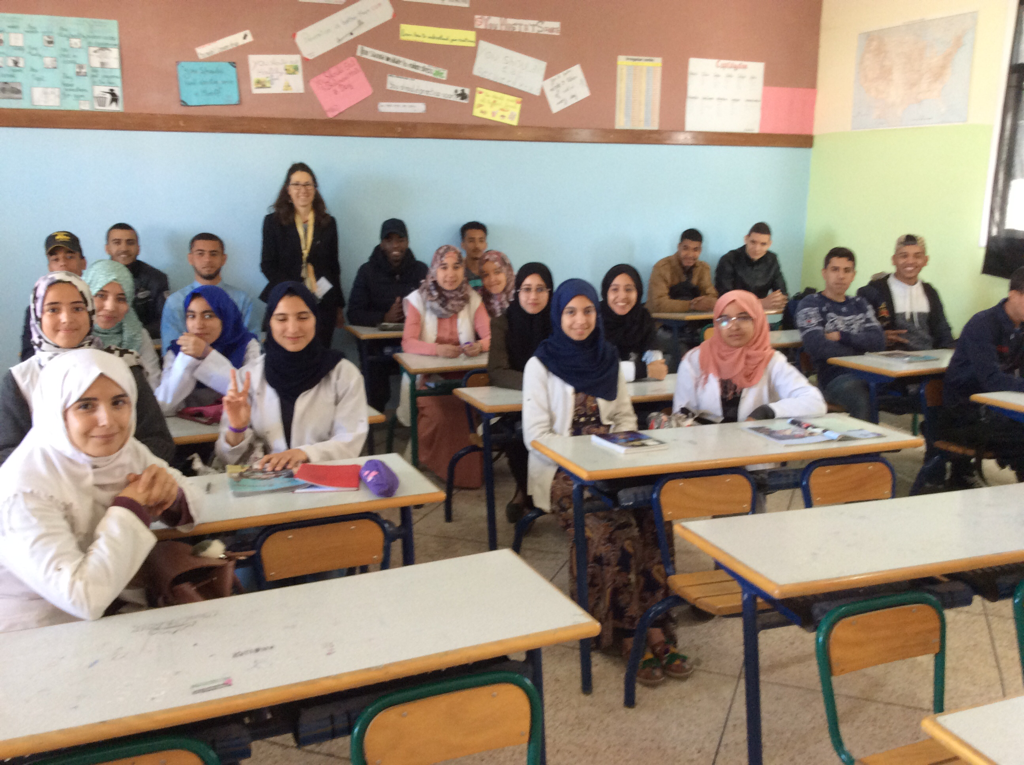
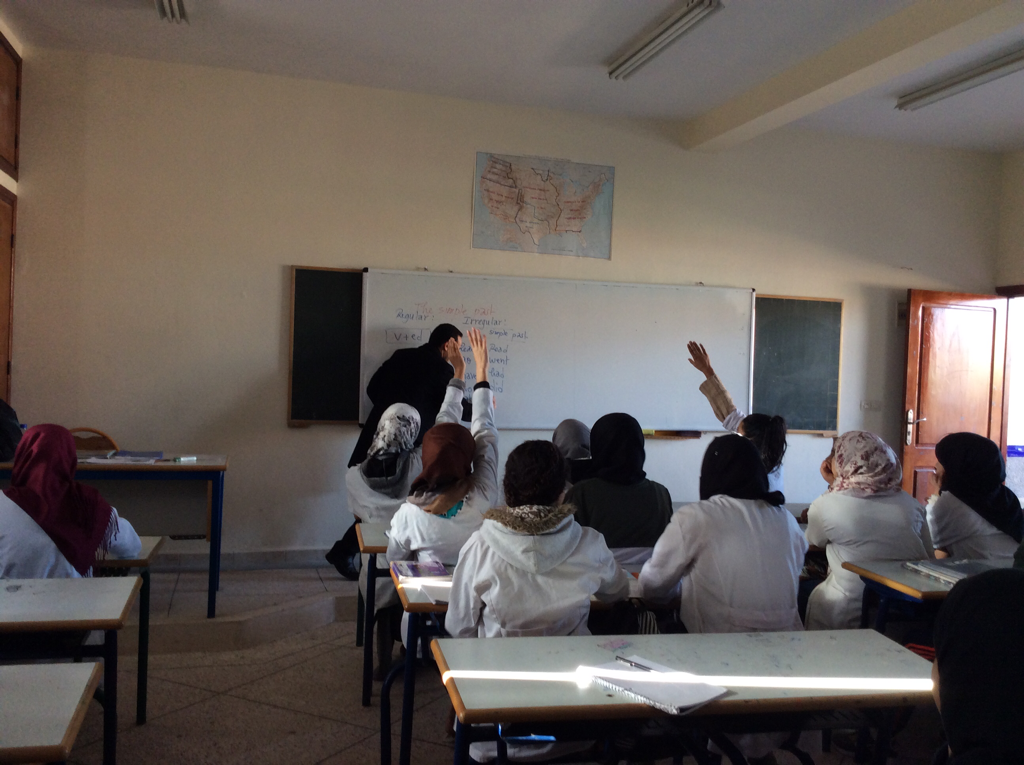
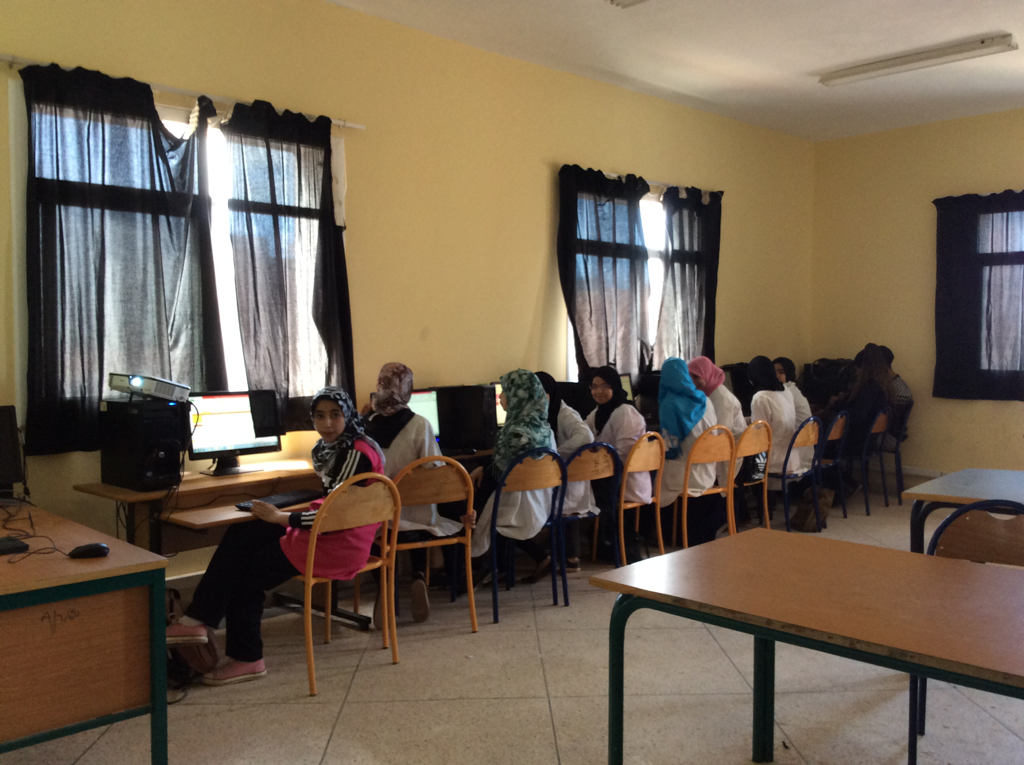
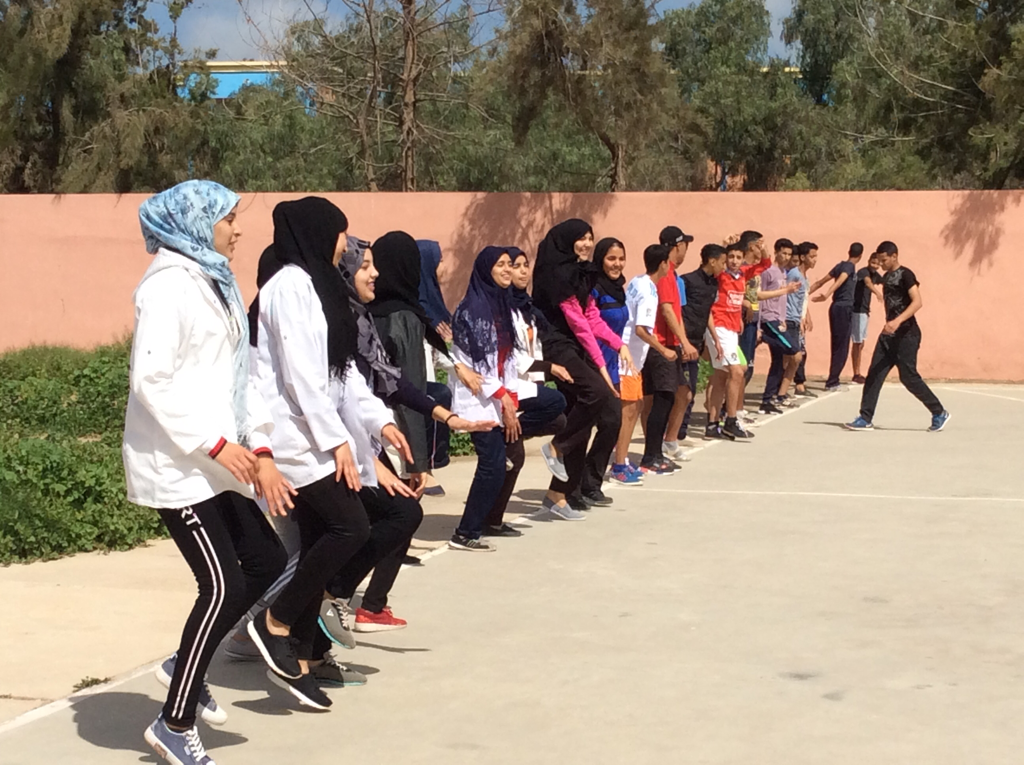
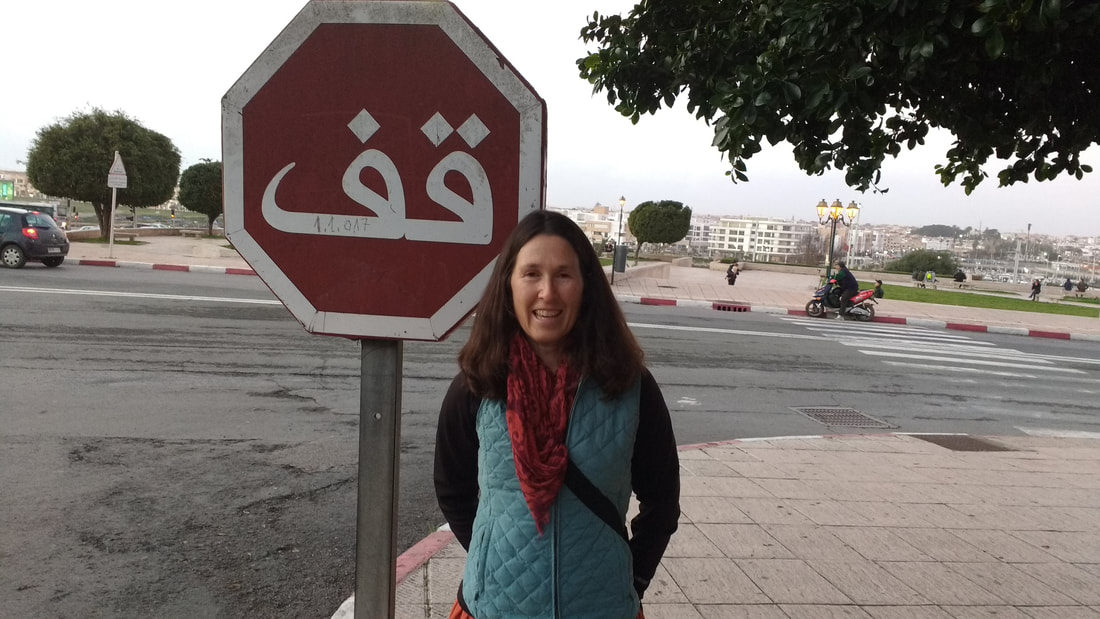
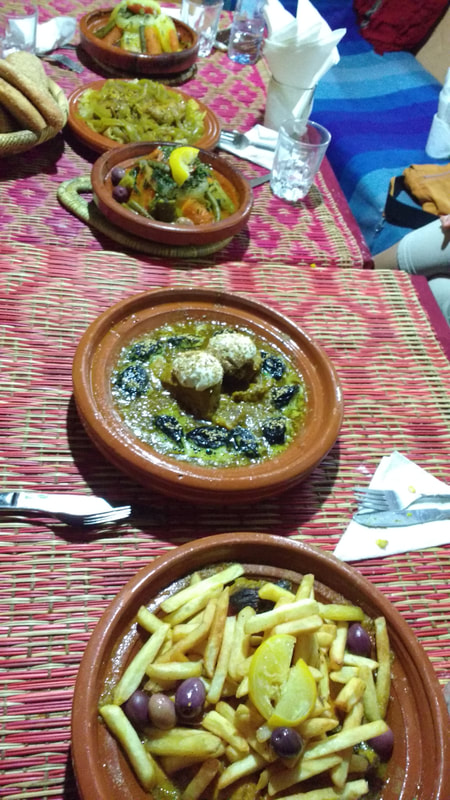
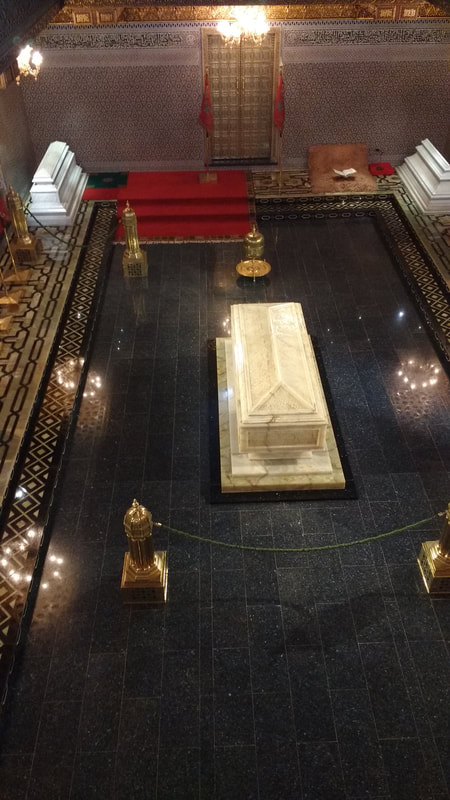
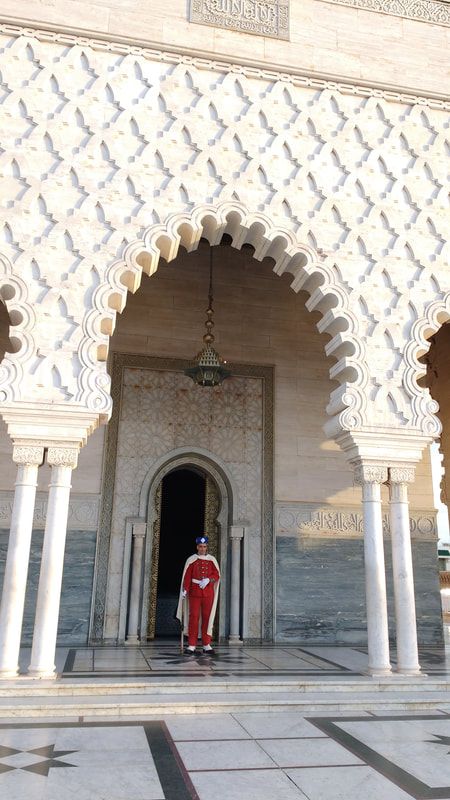
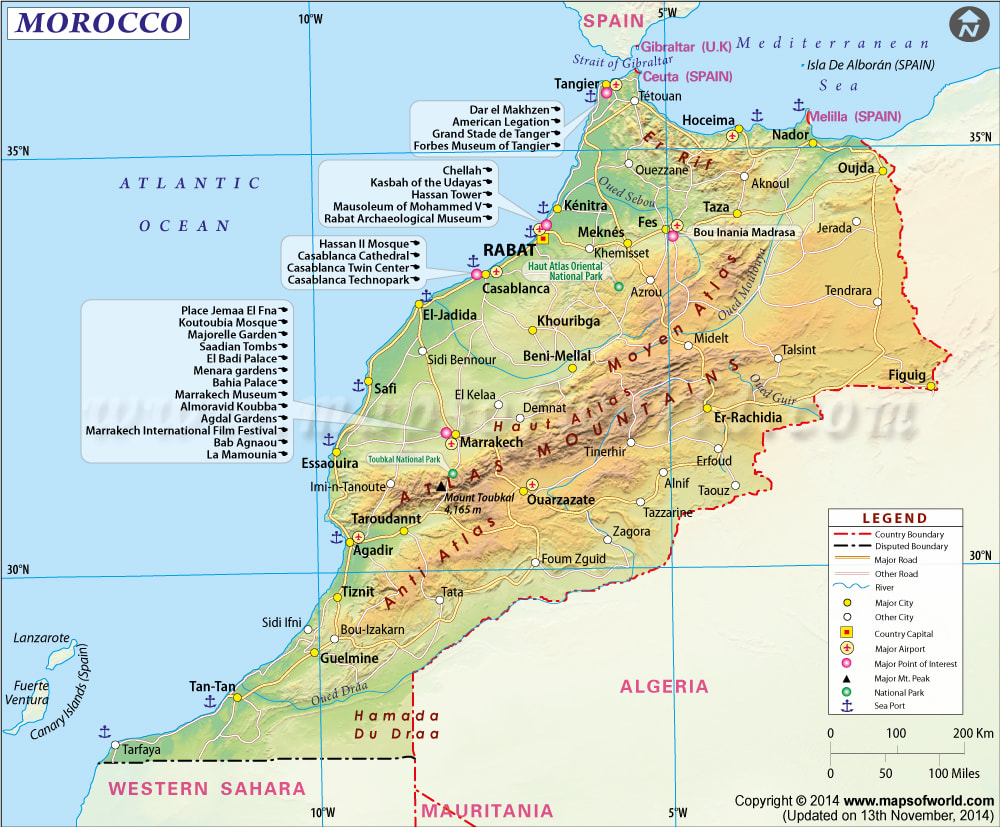
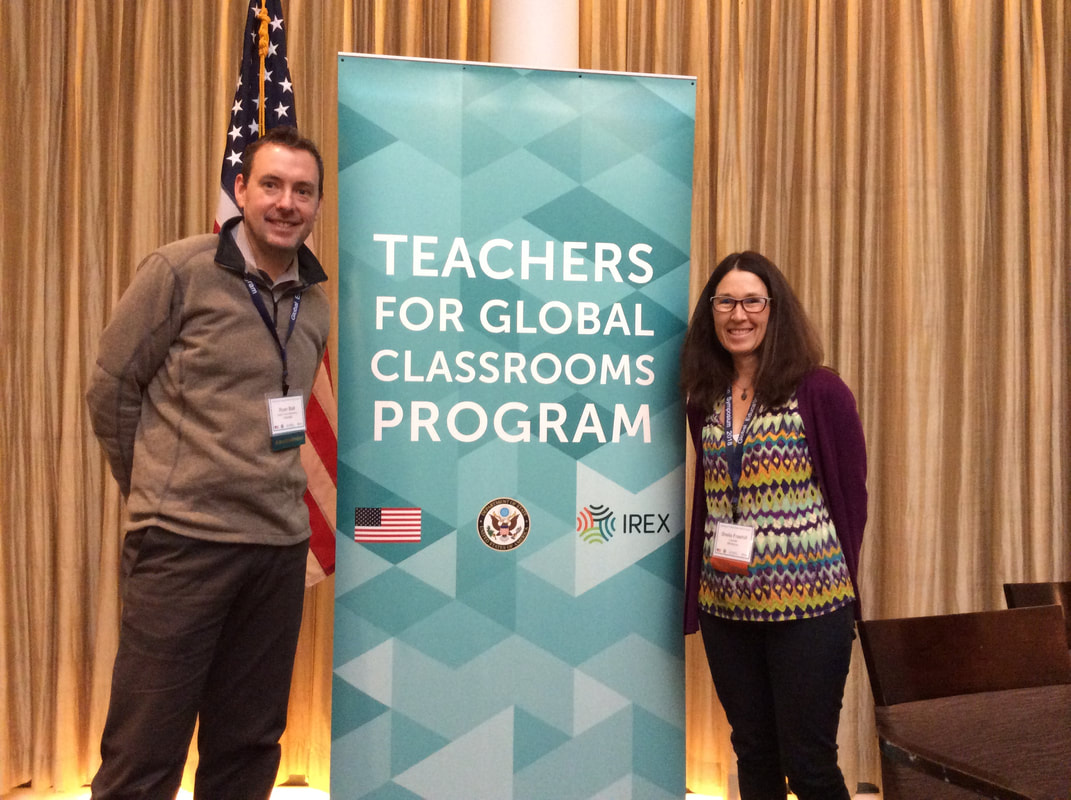
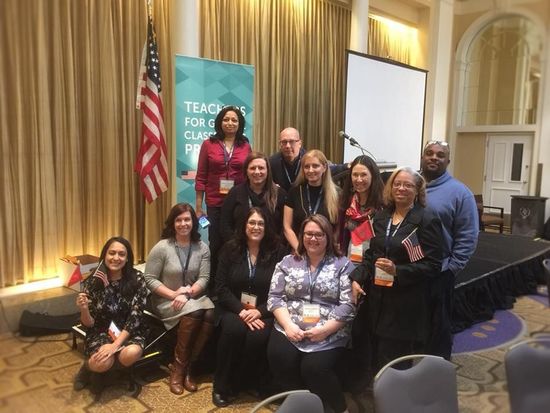
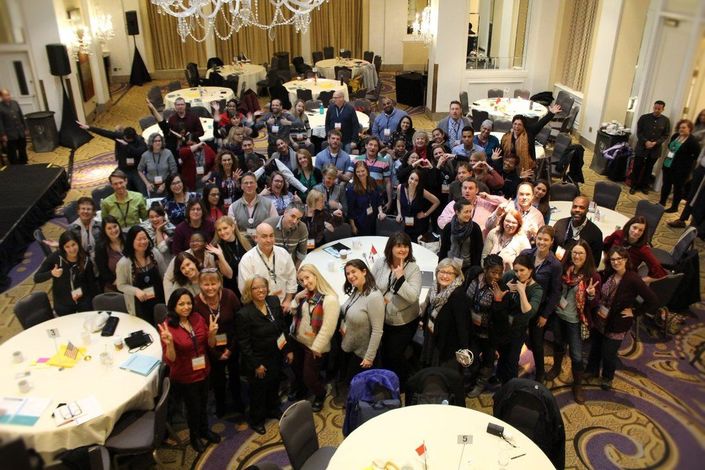
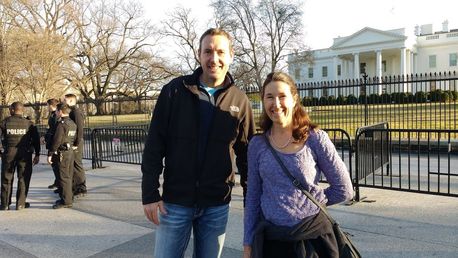
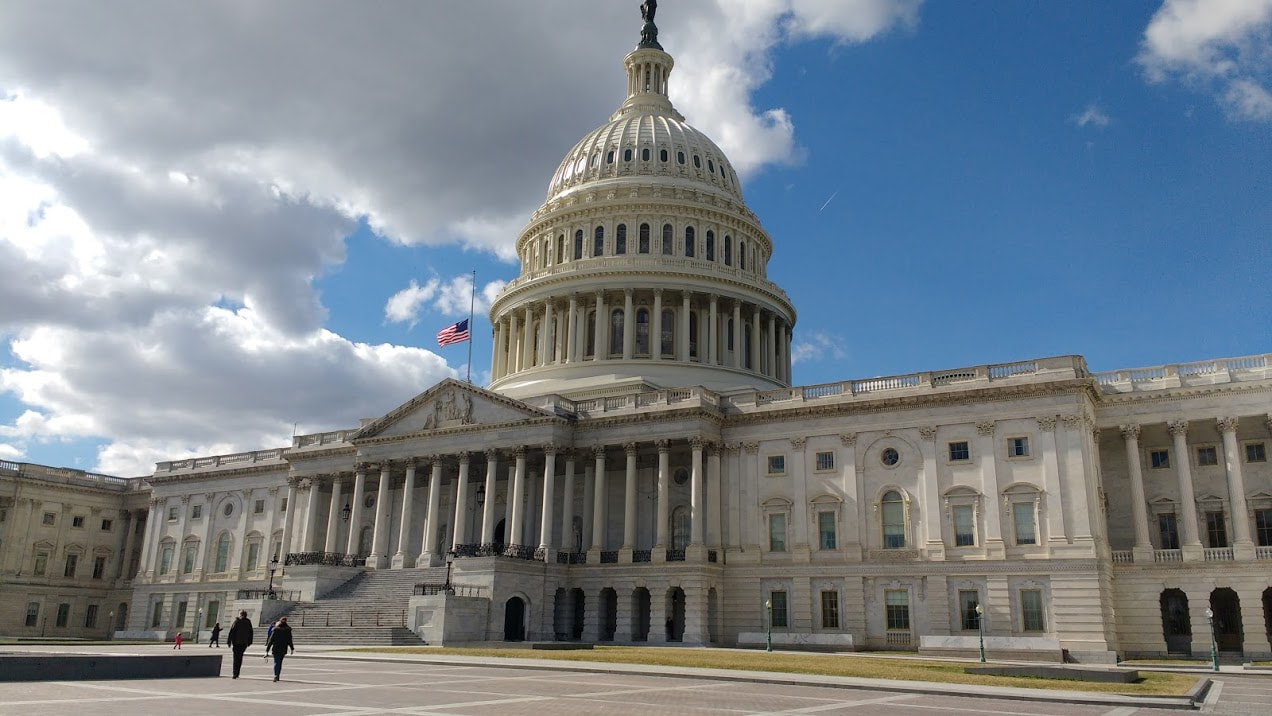
 RSS Feed
RSS Feed
